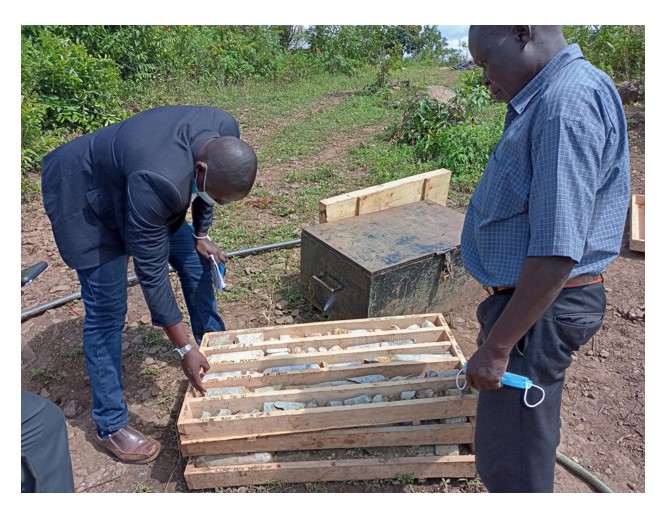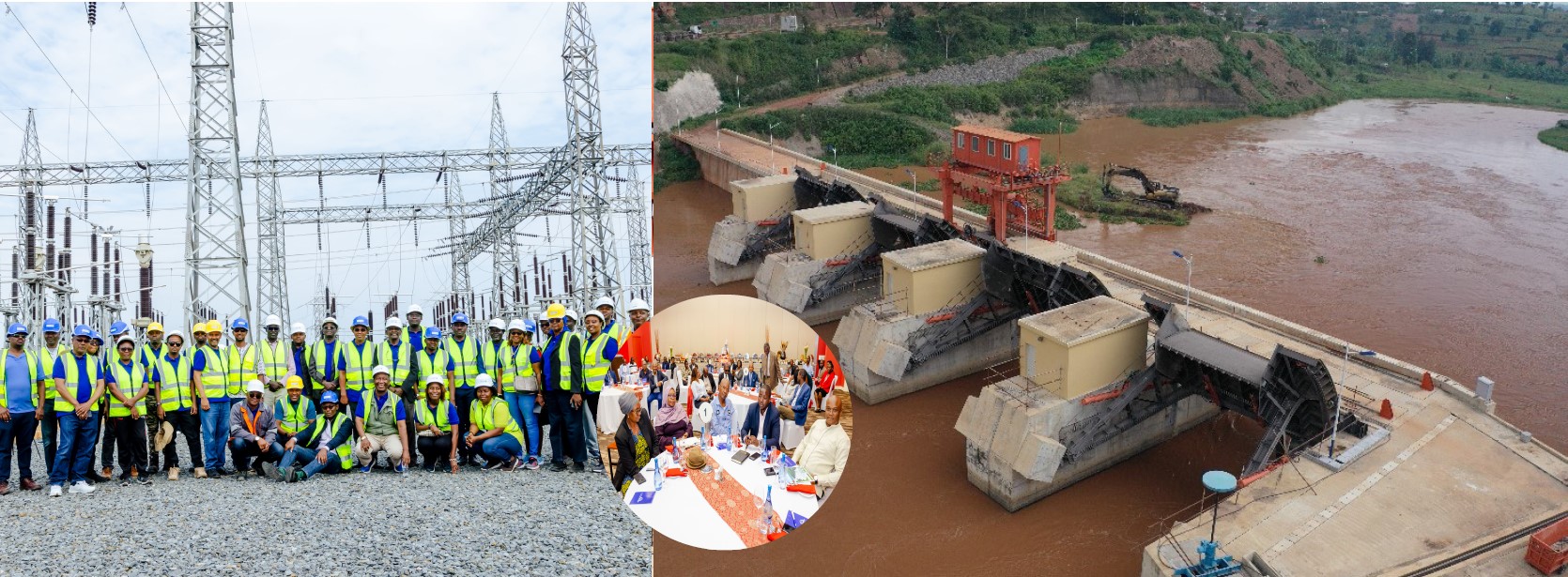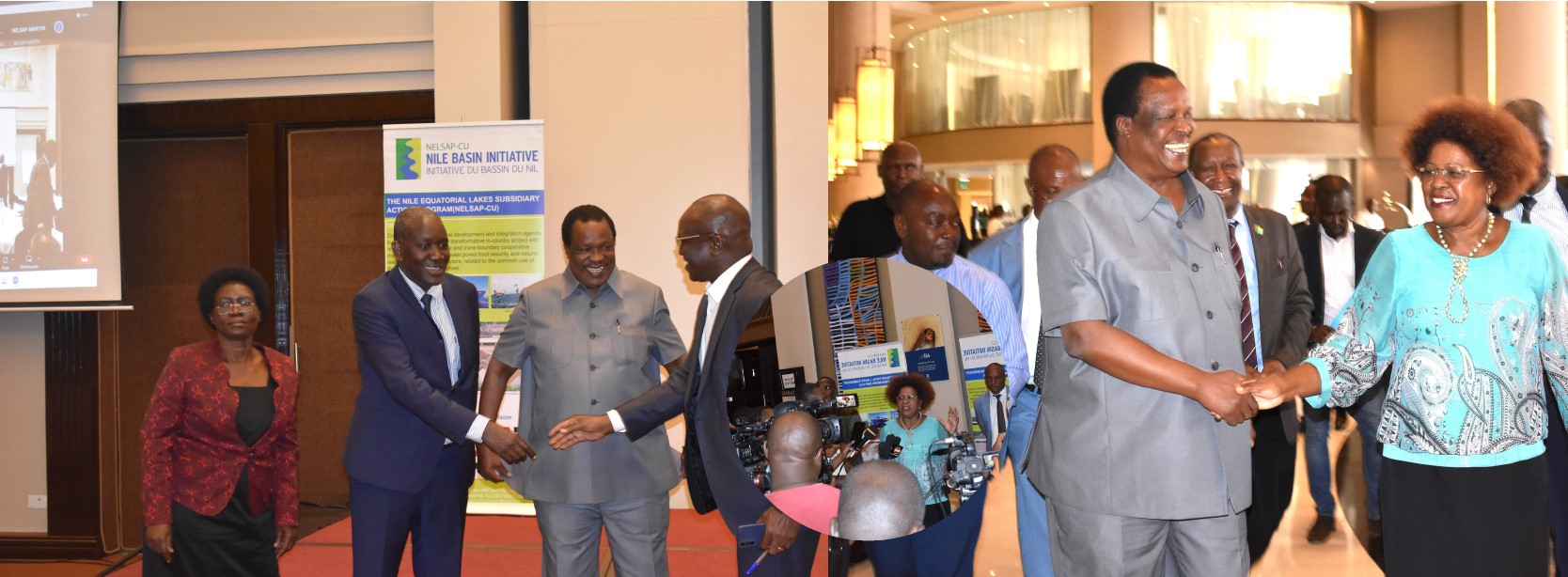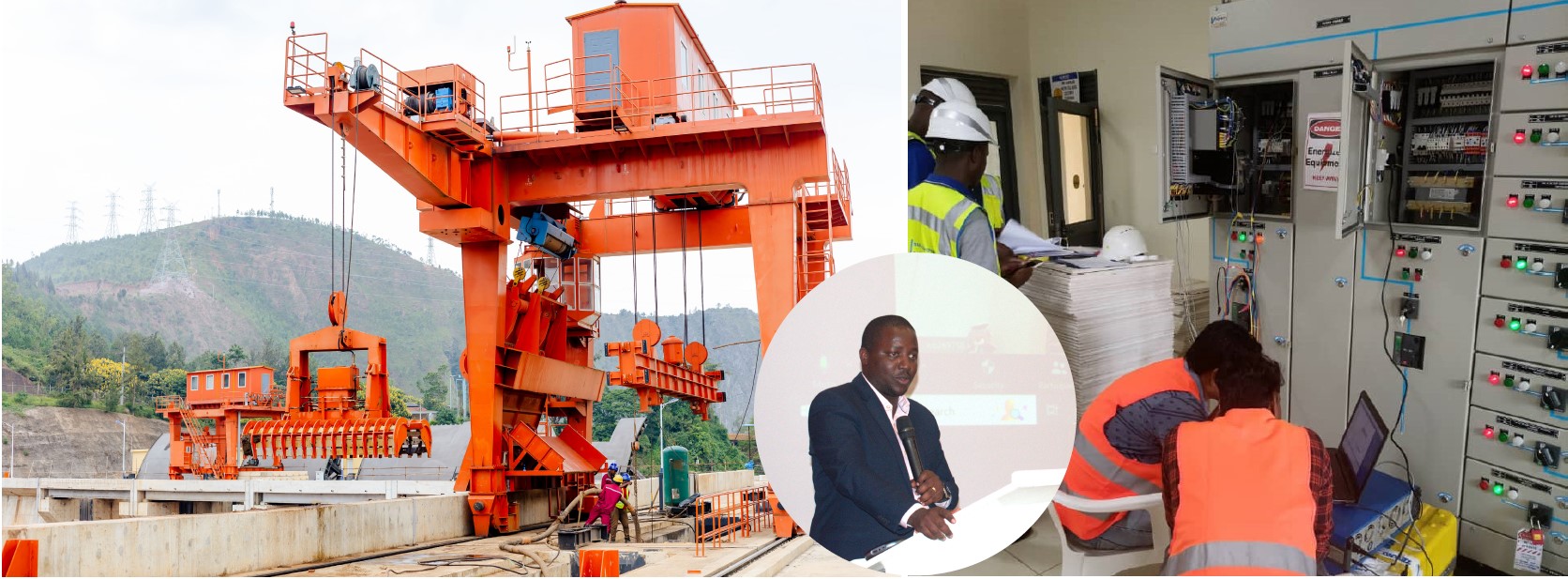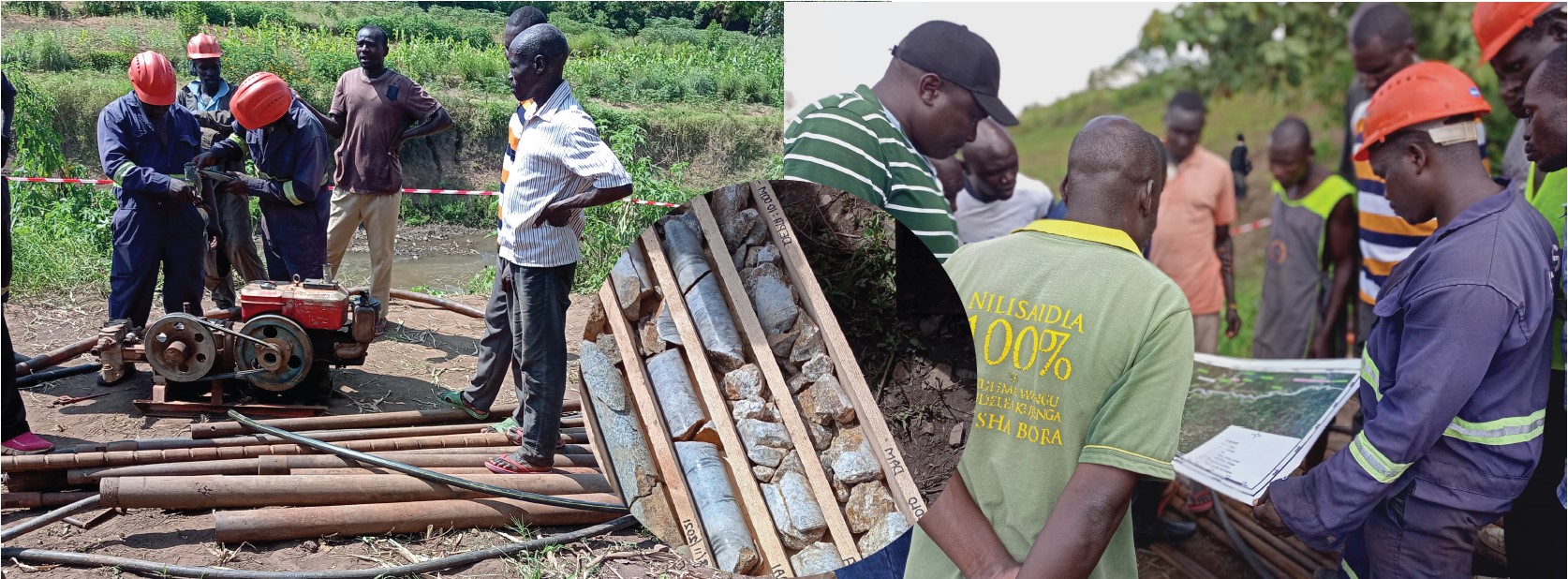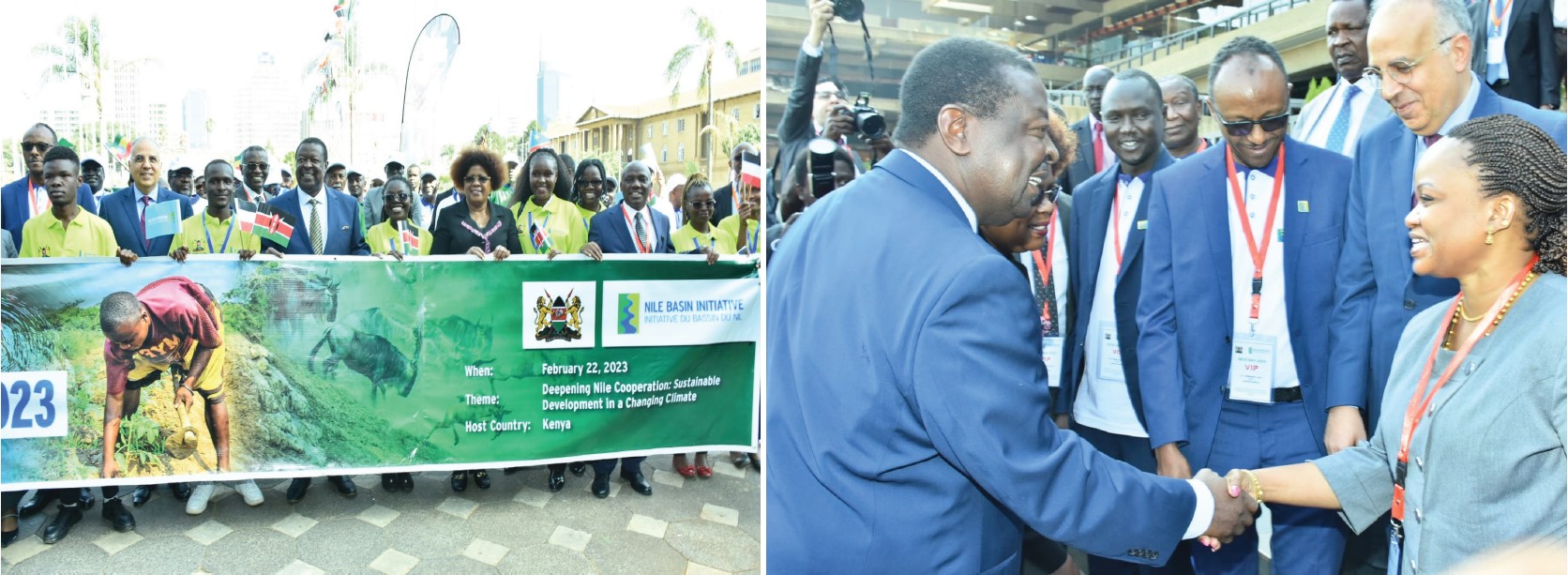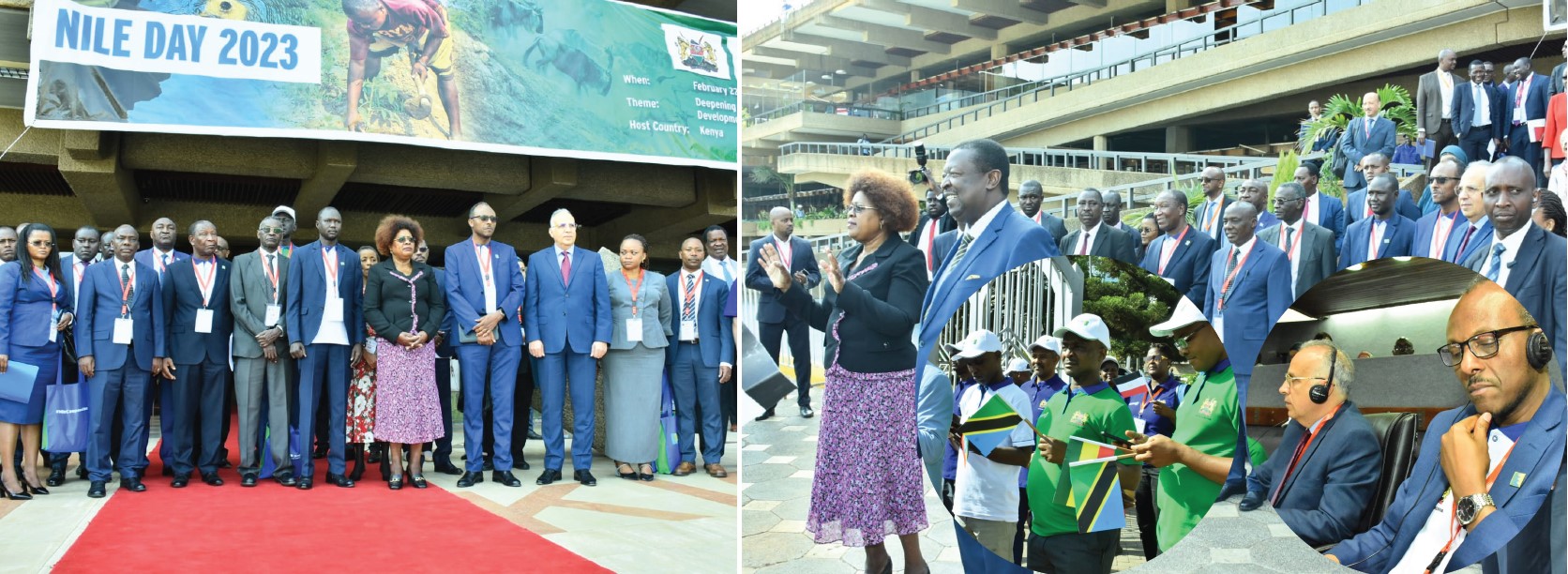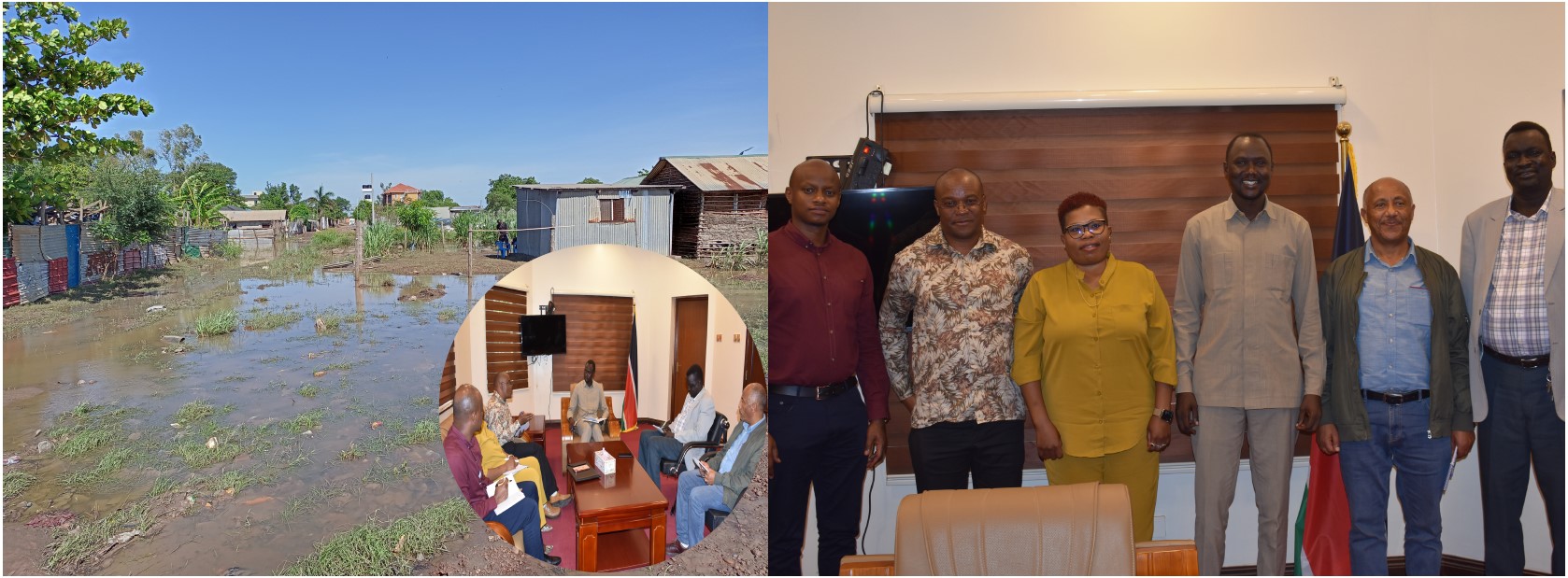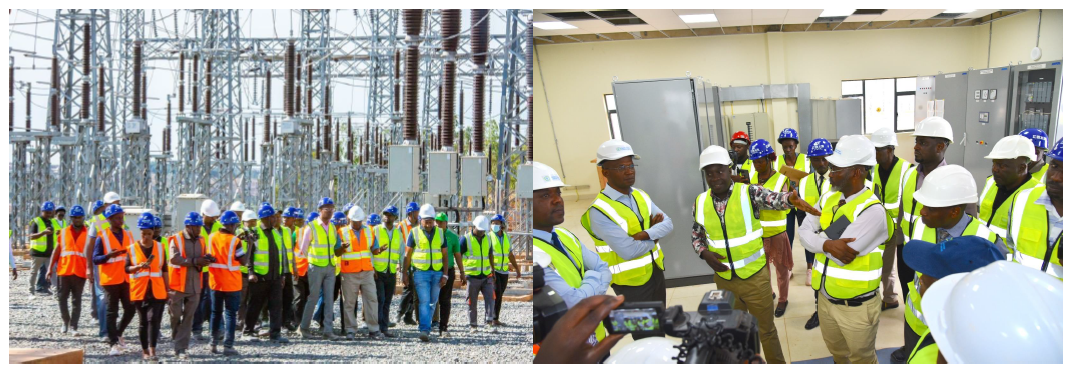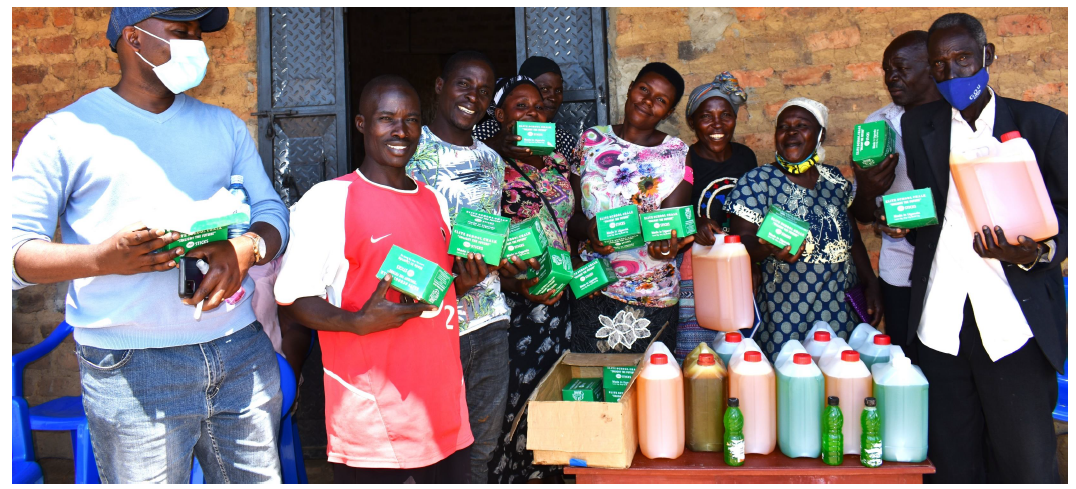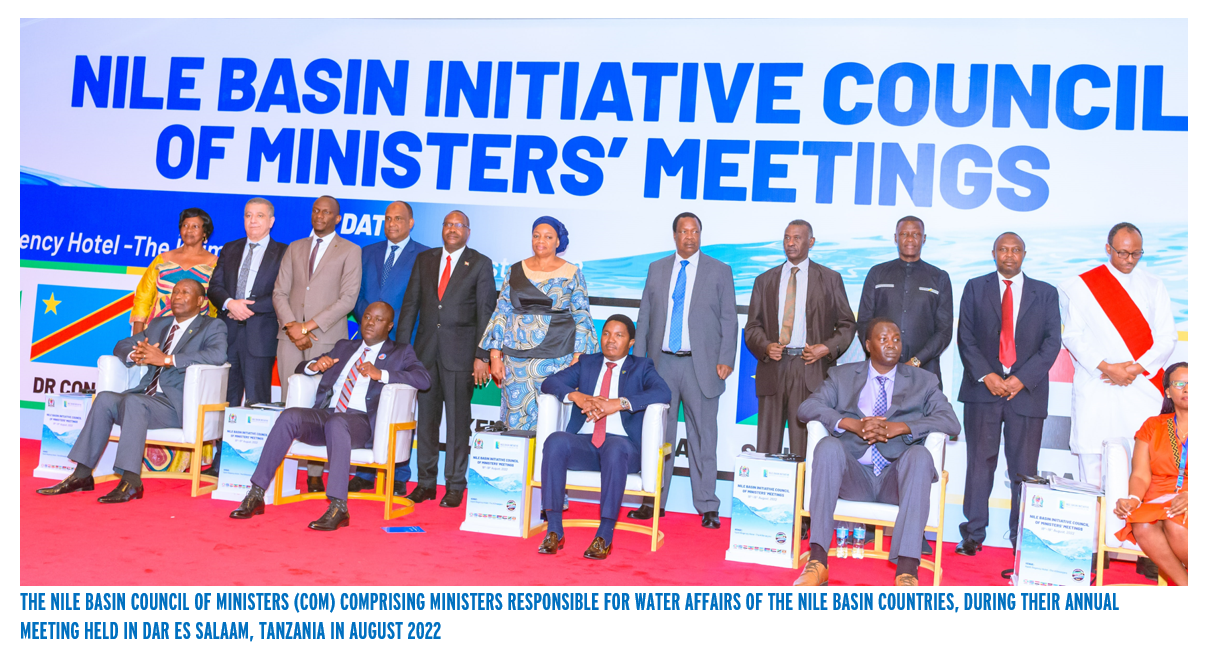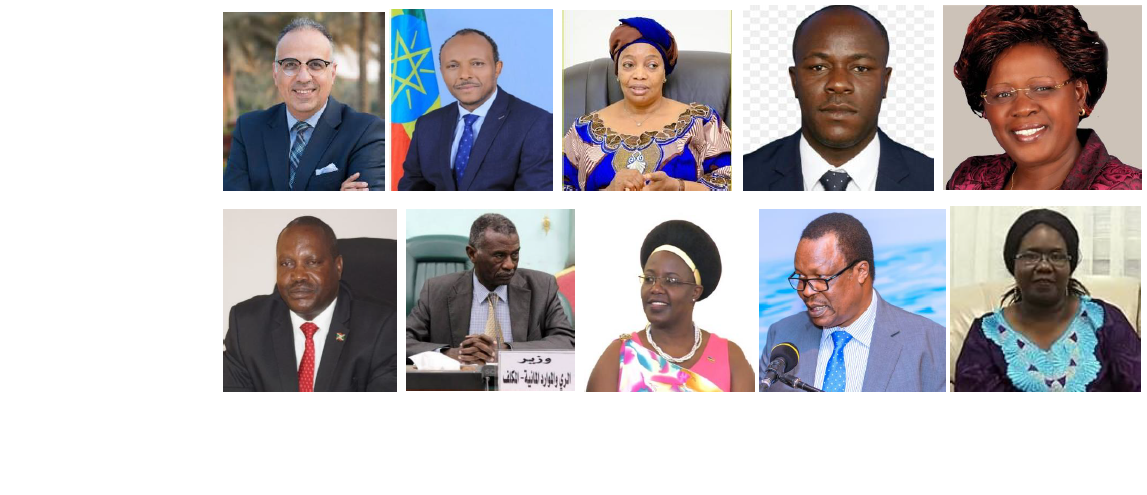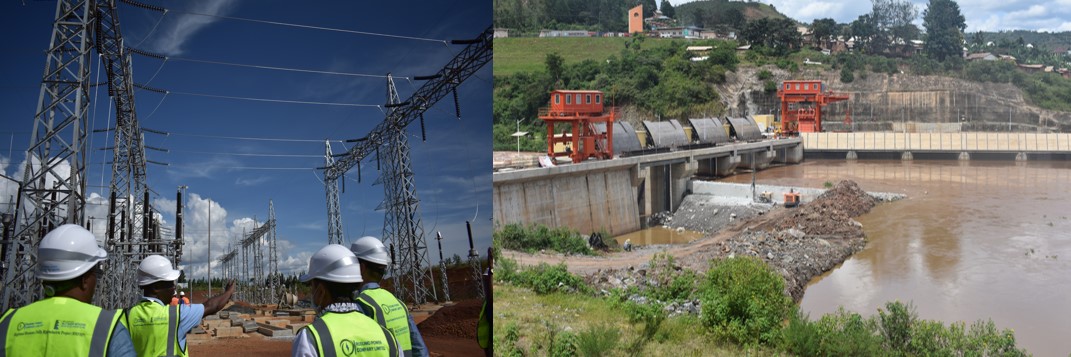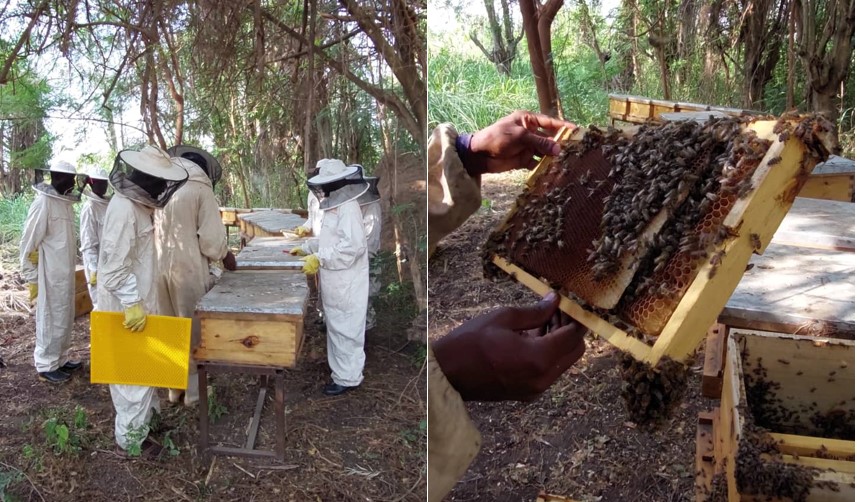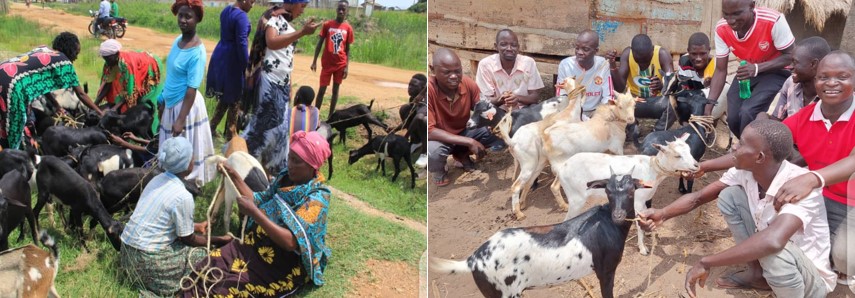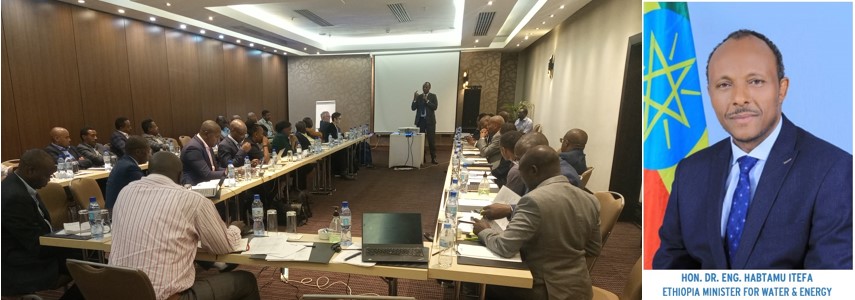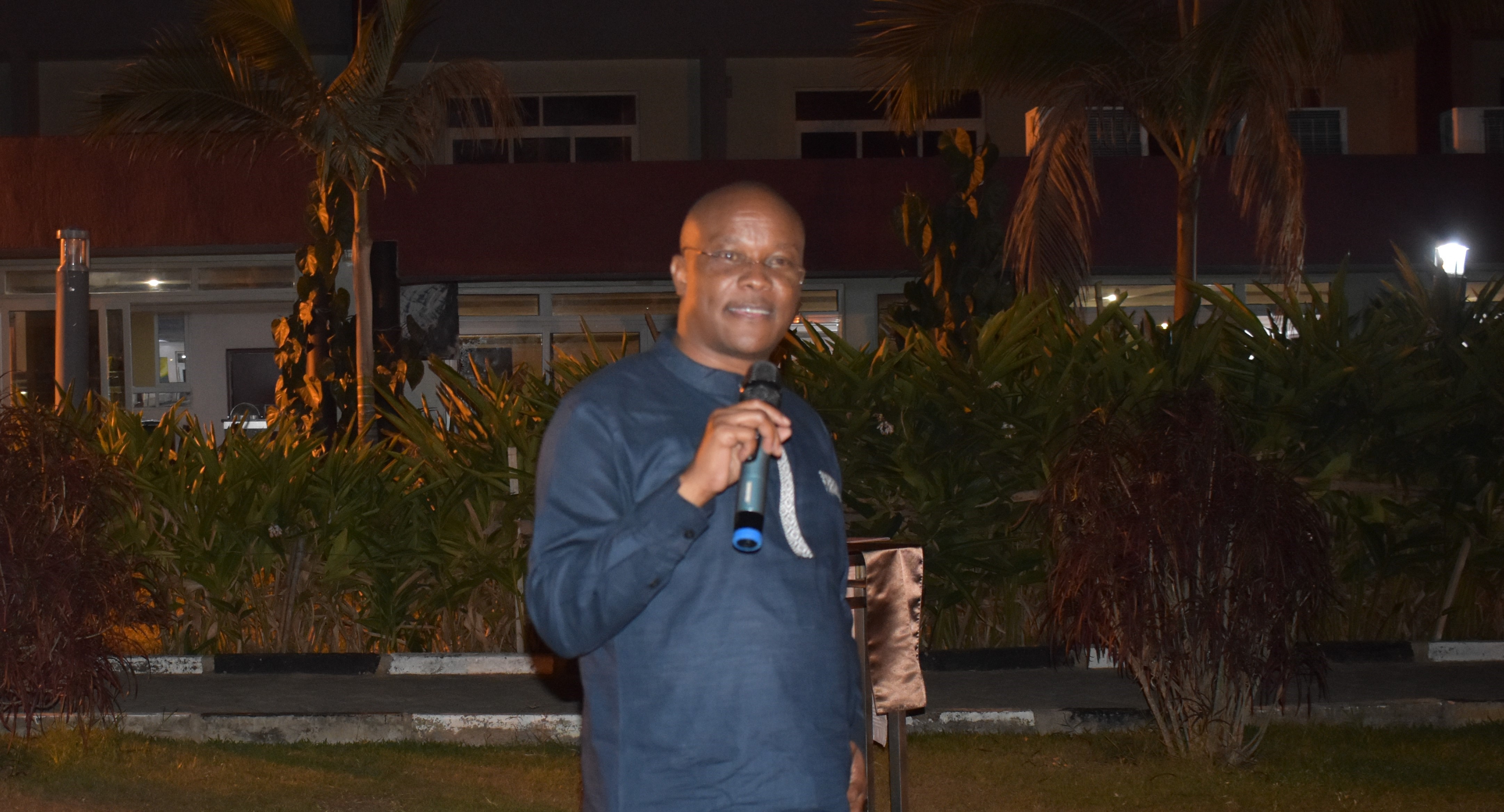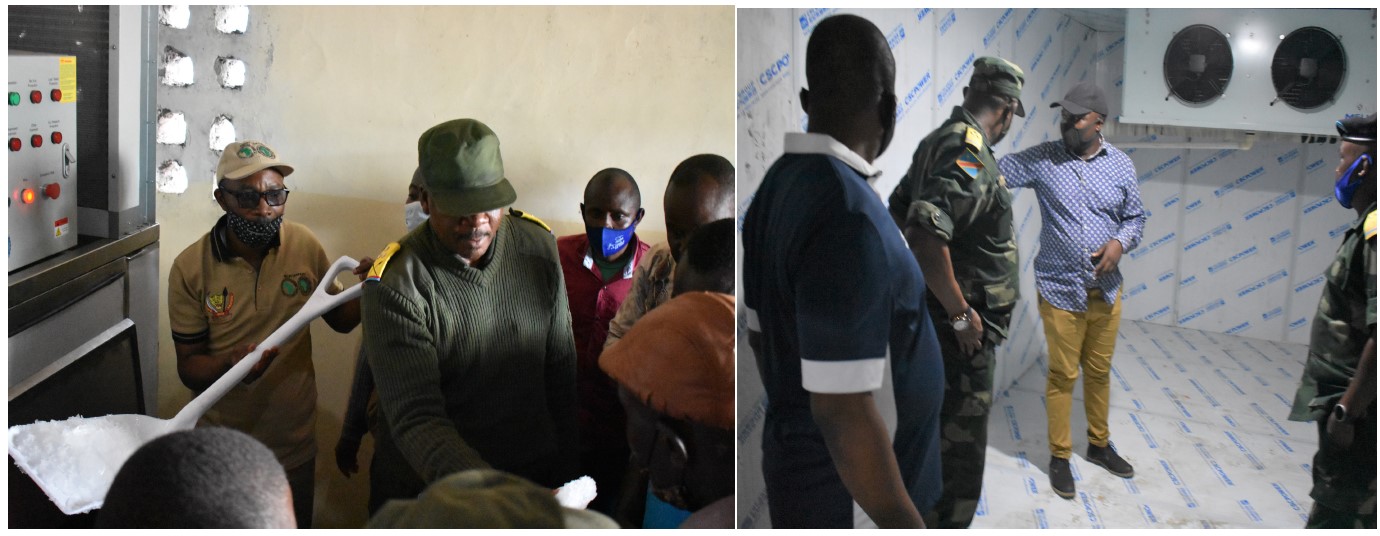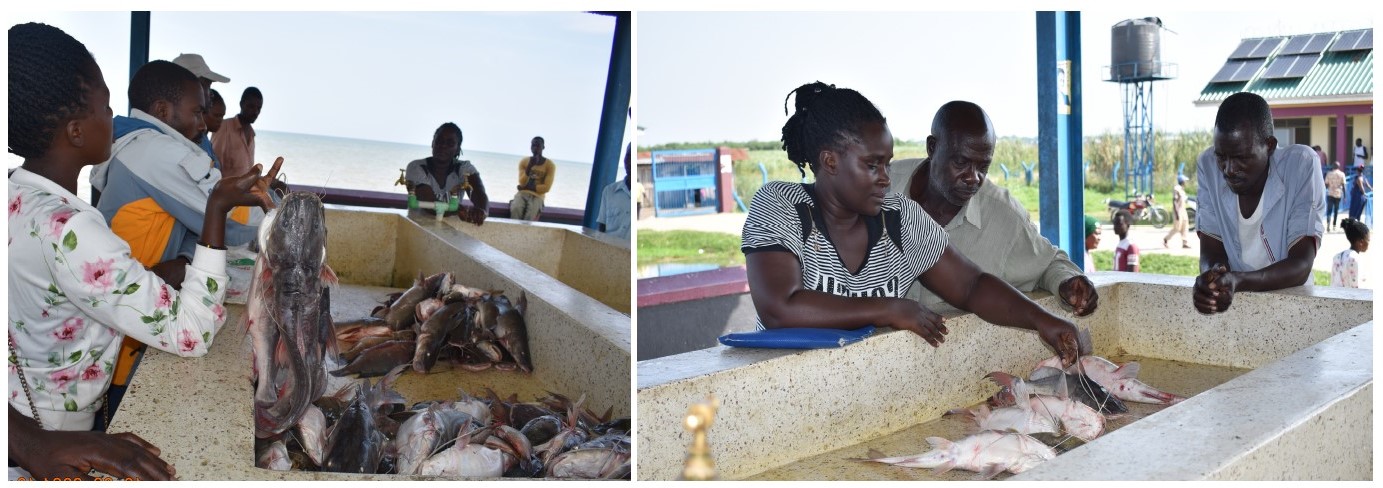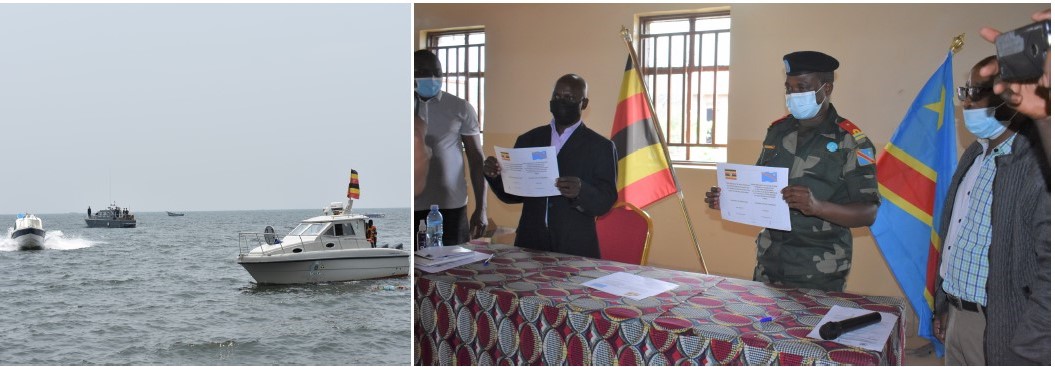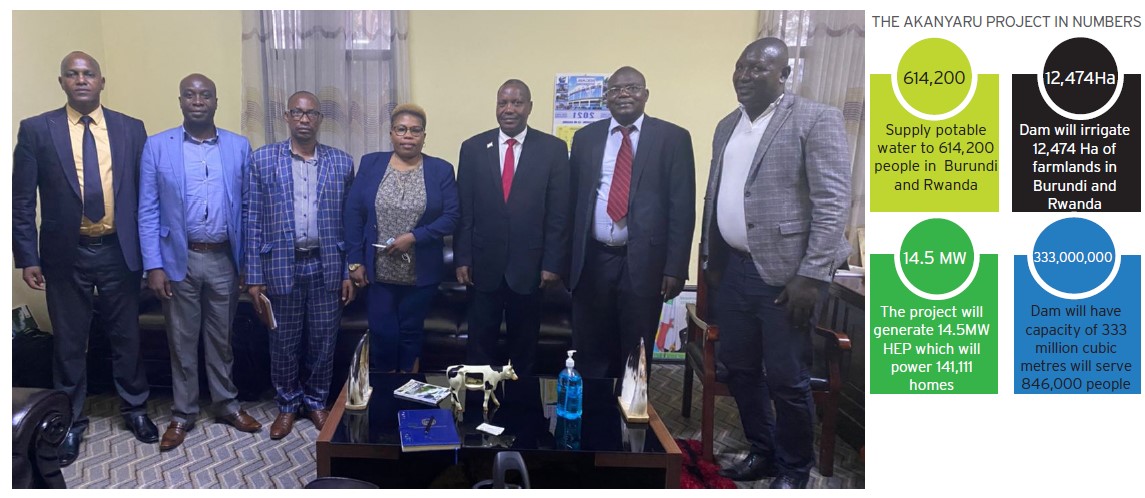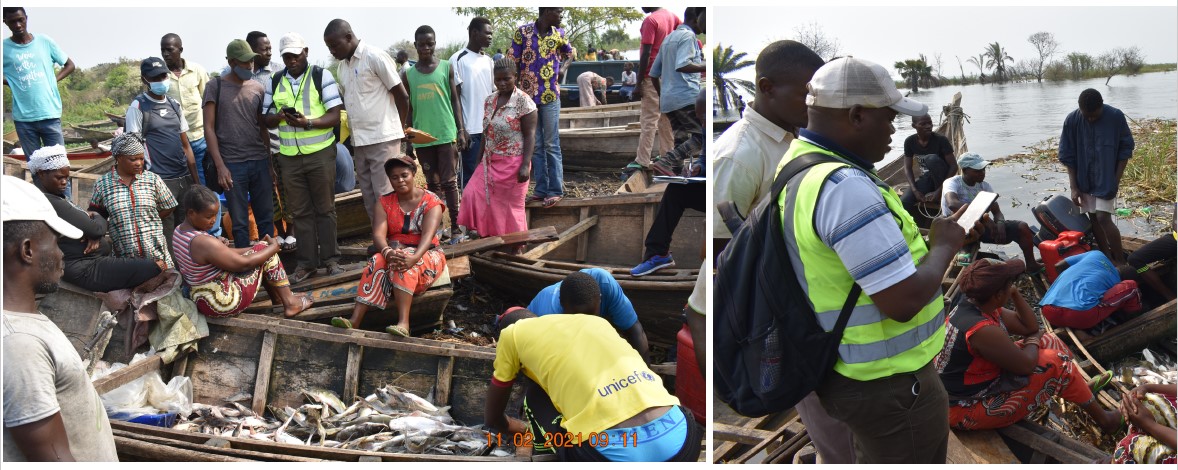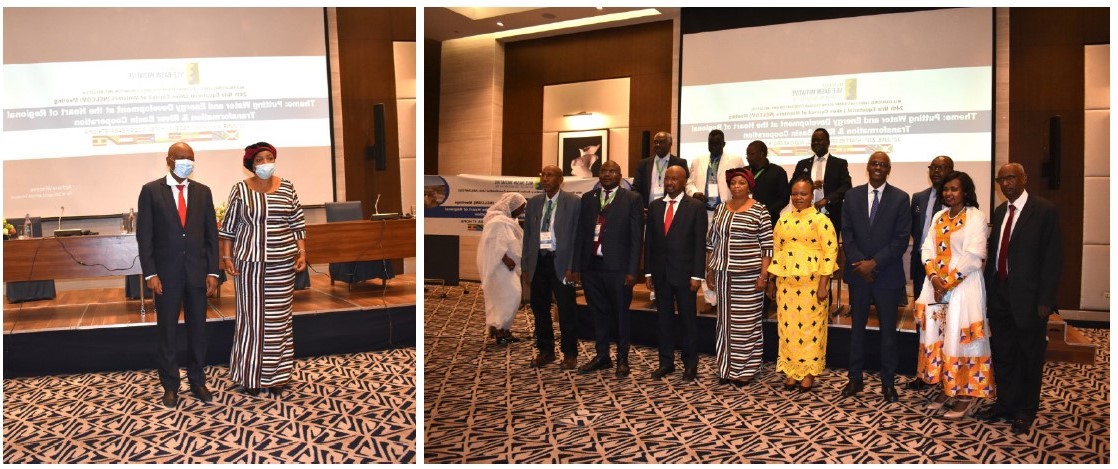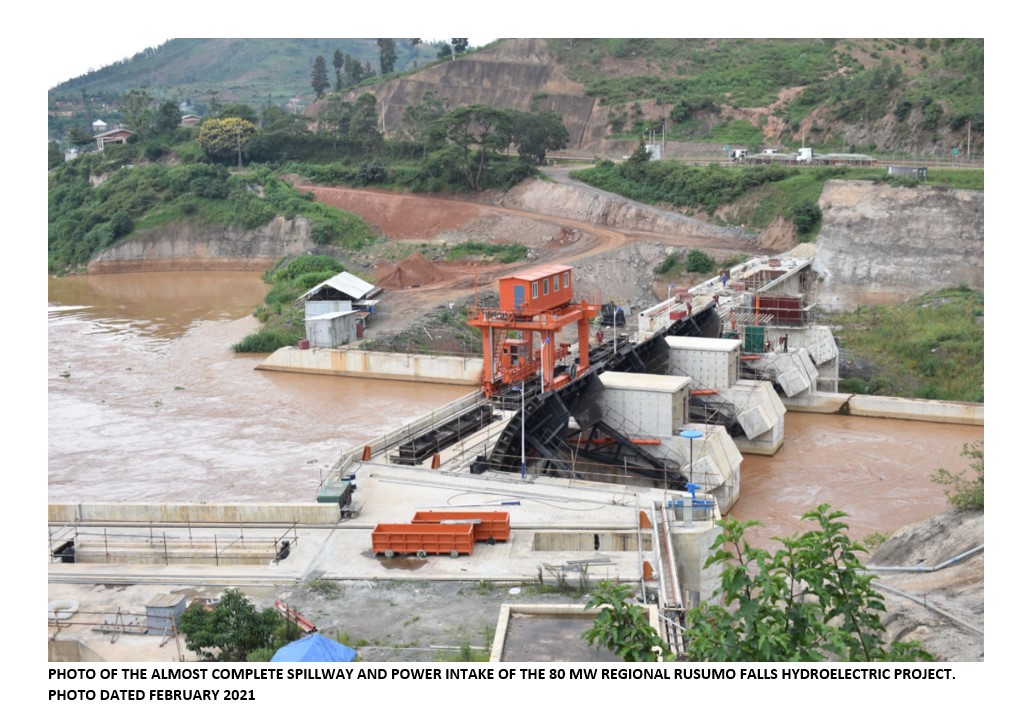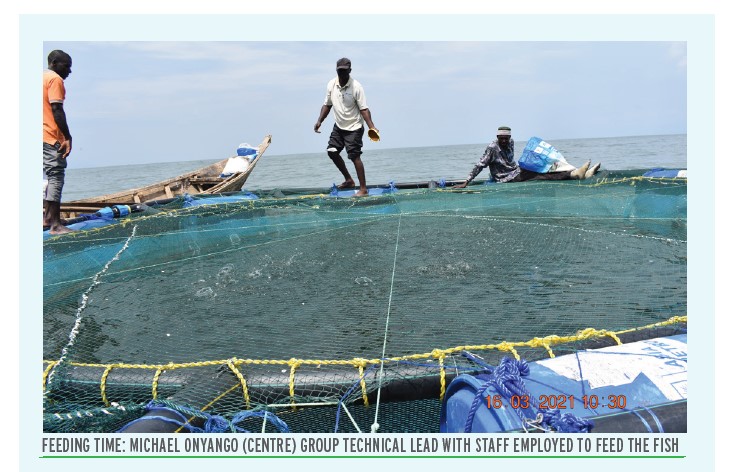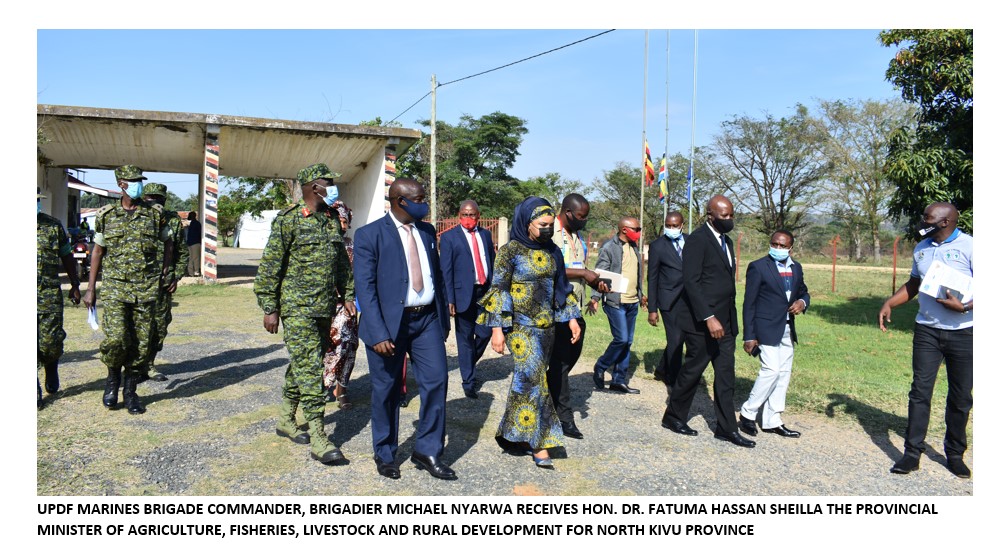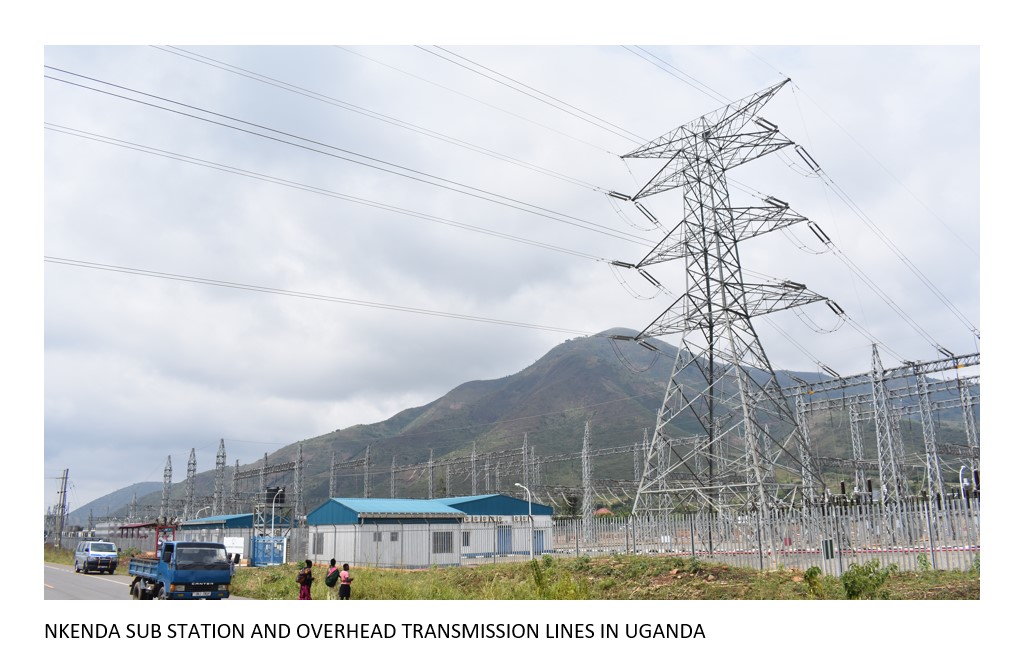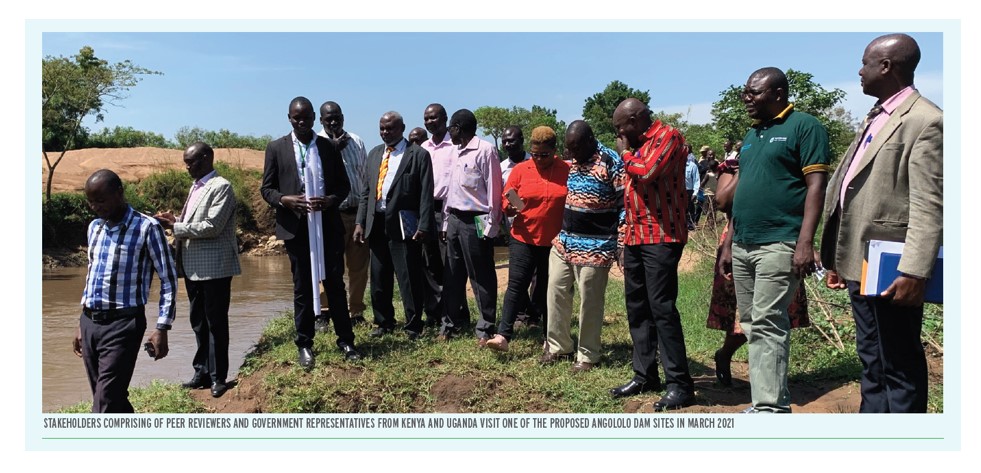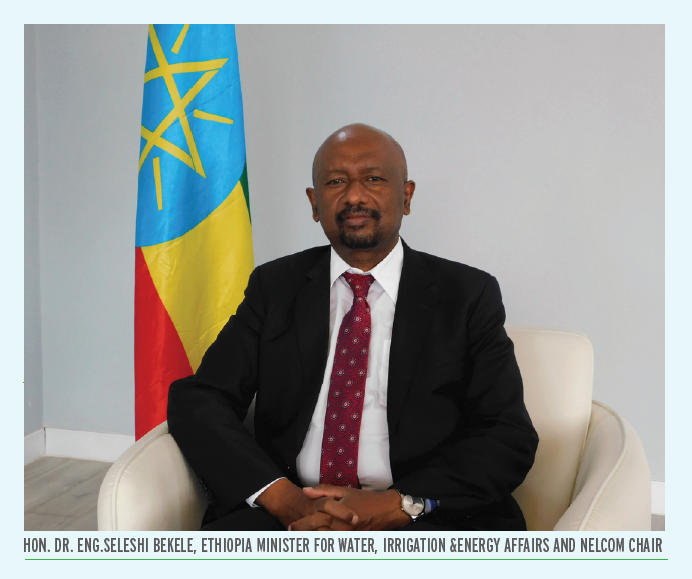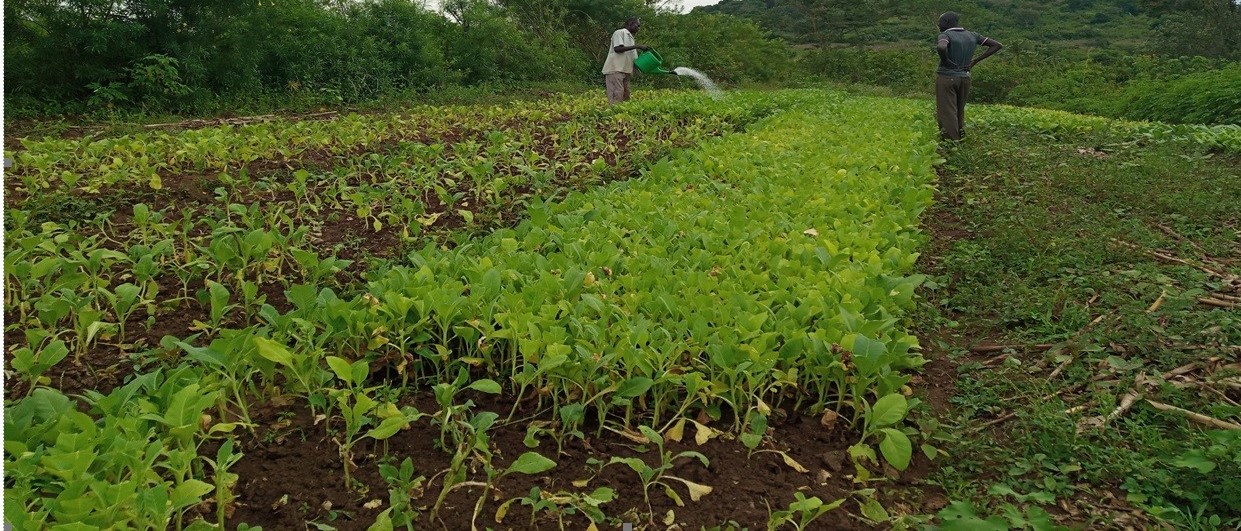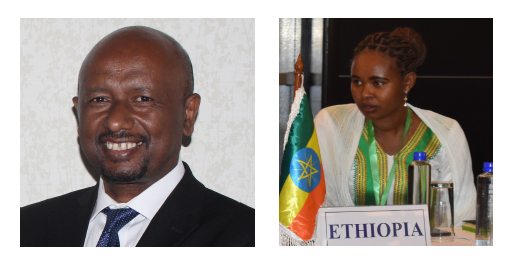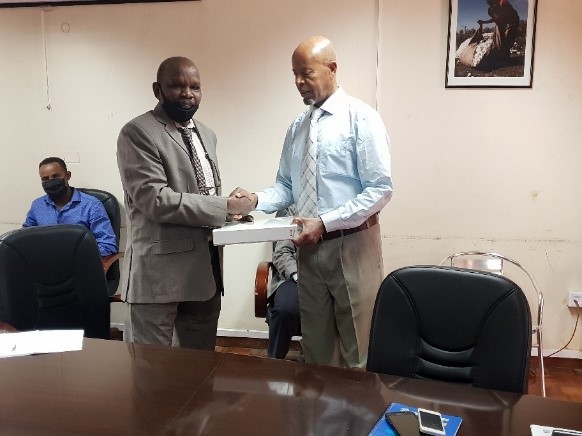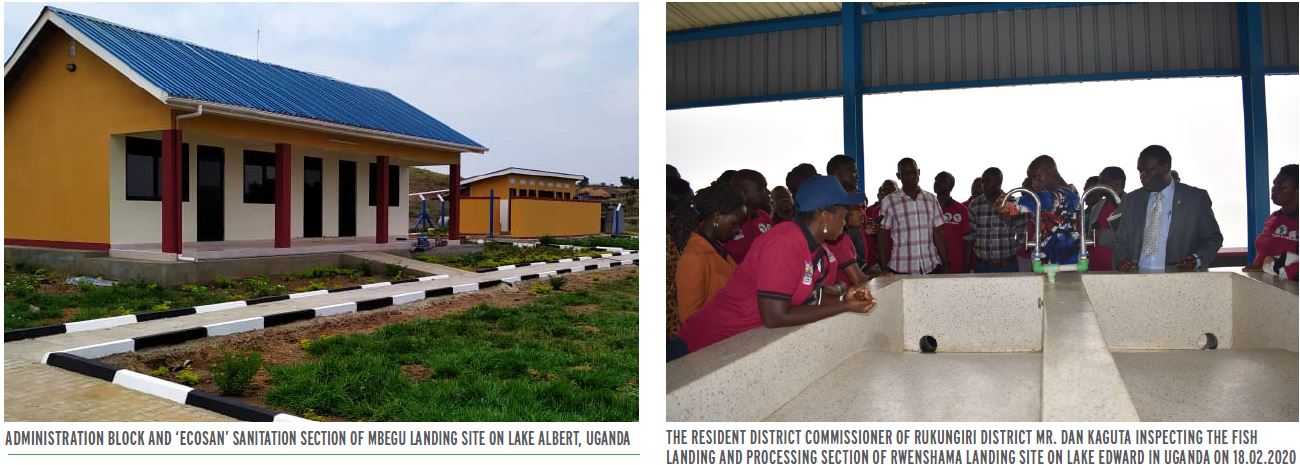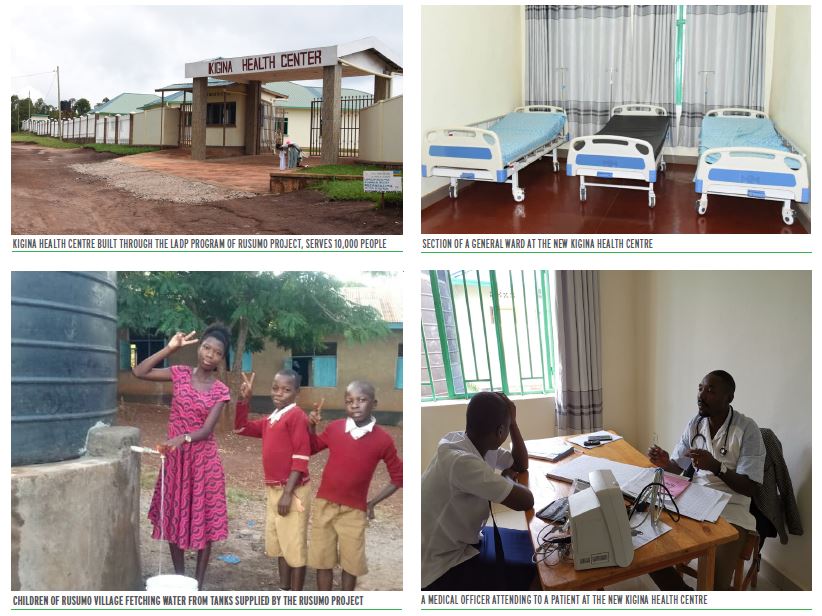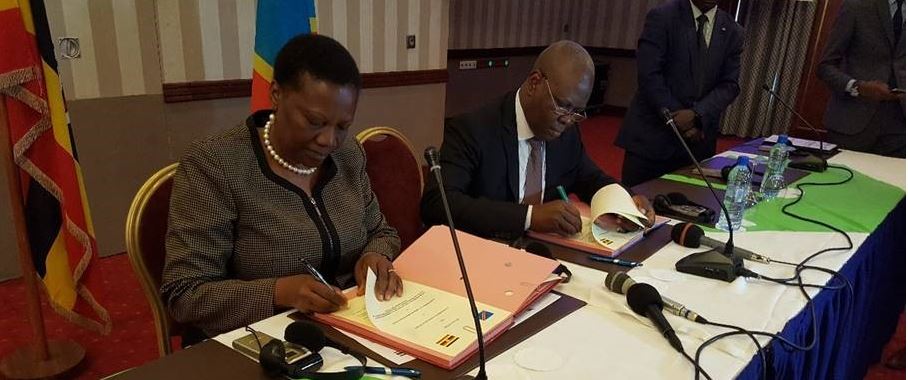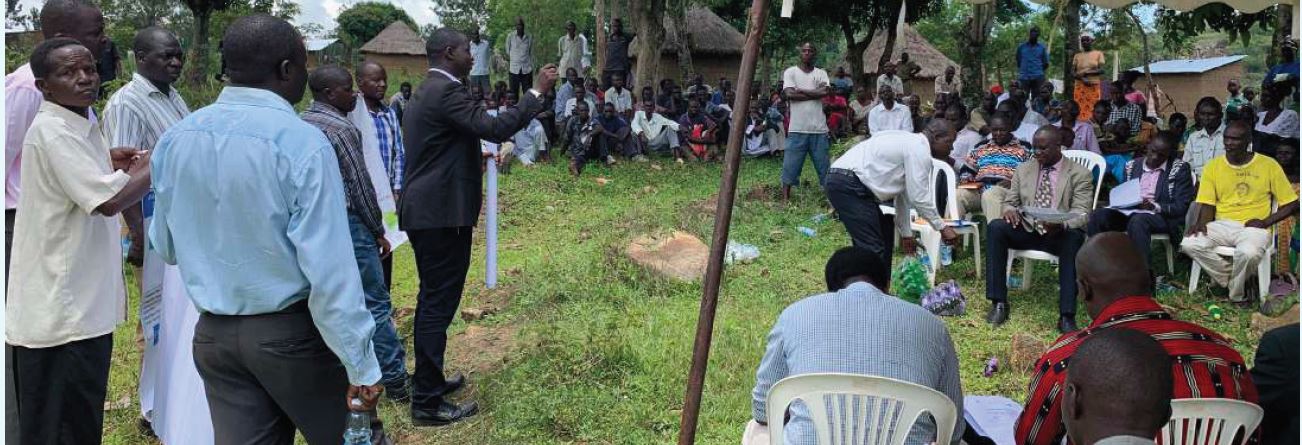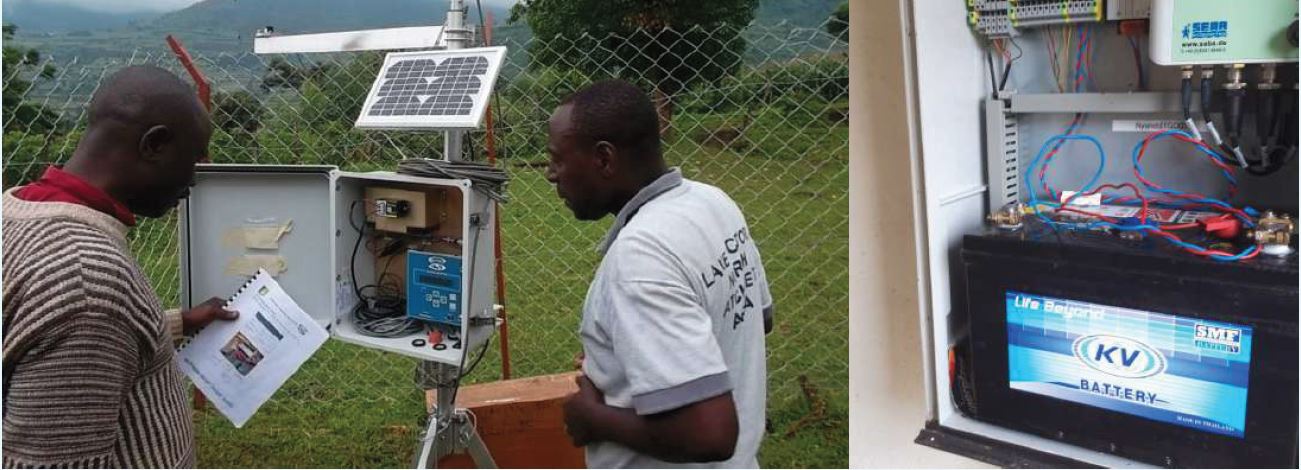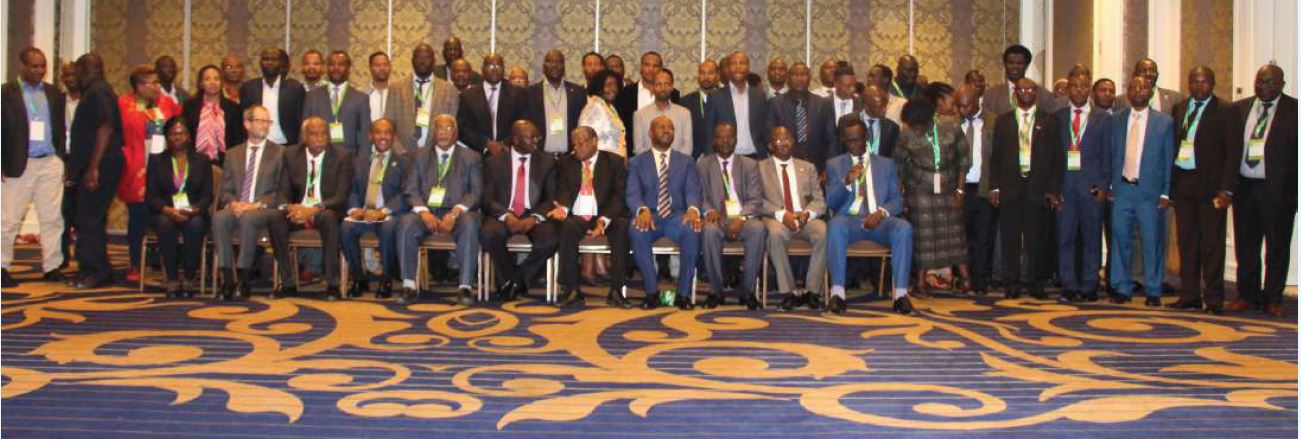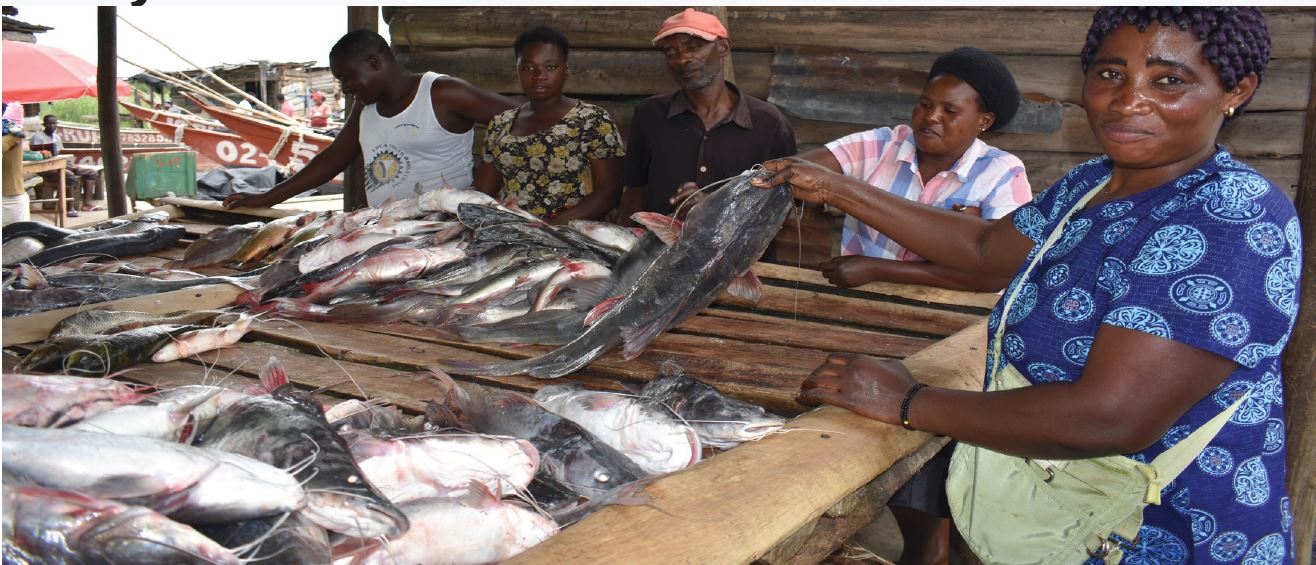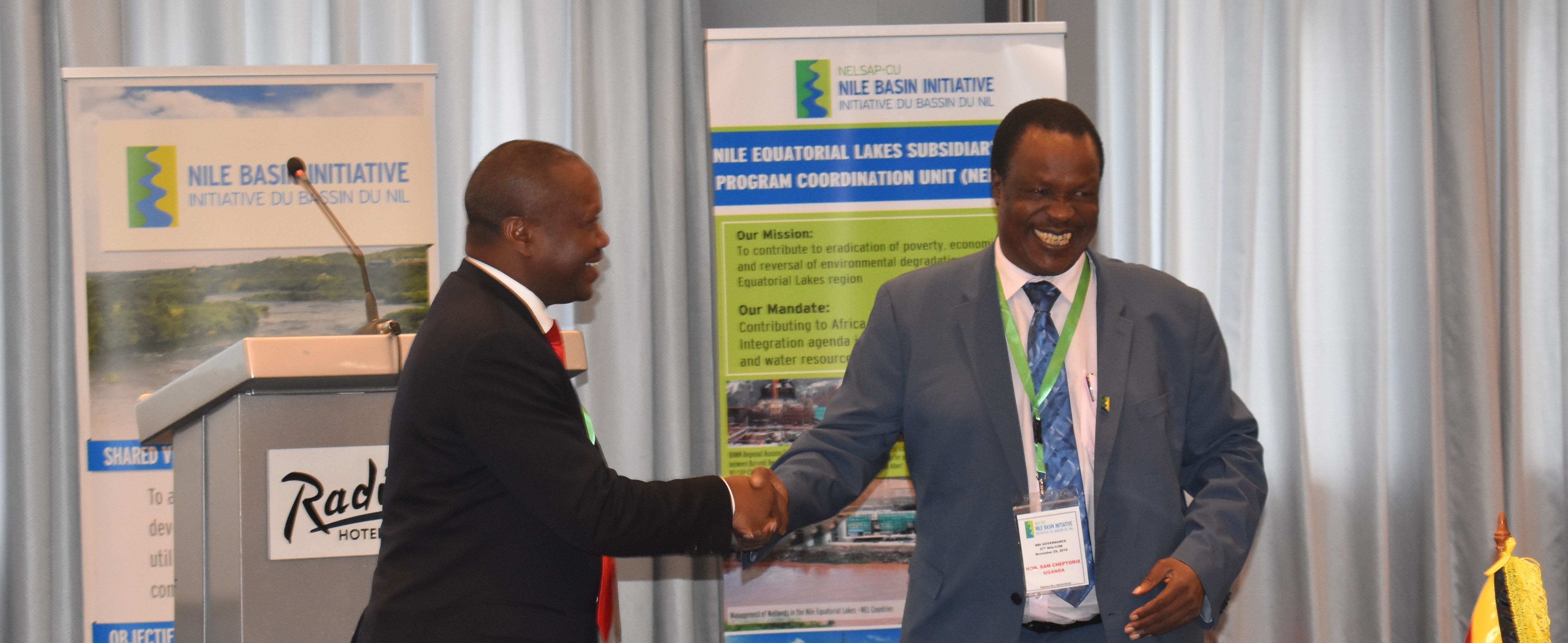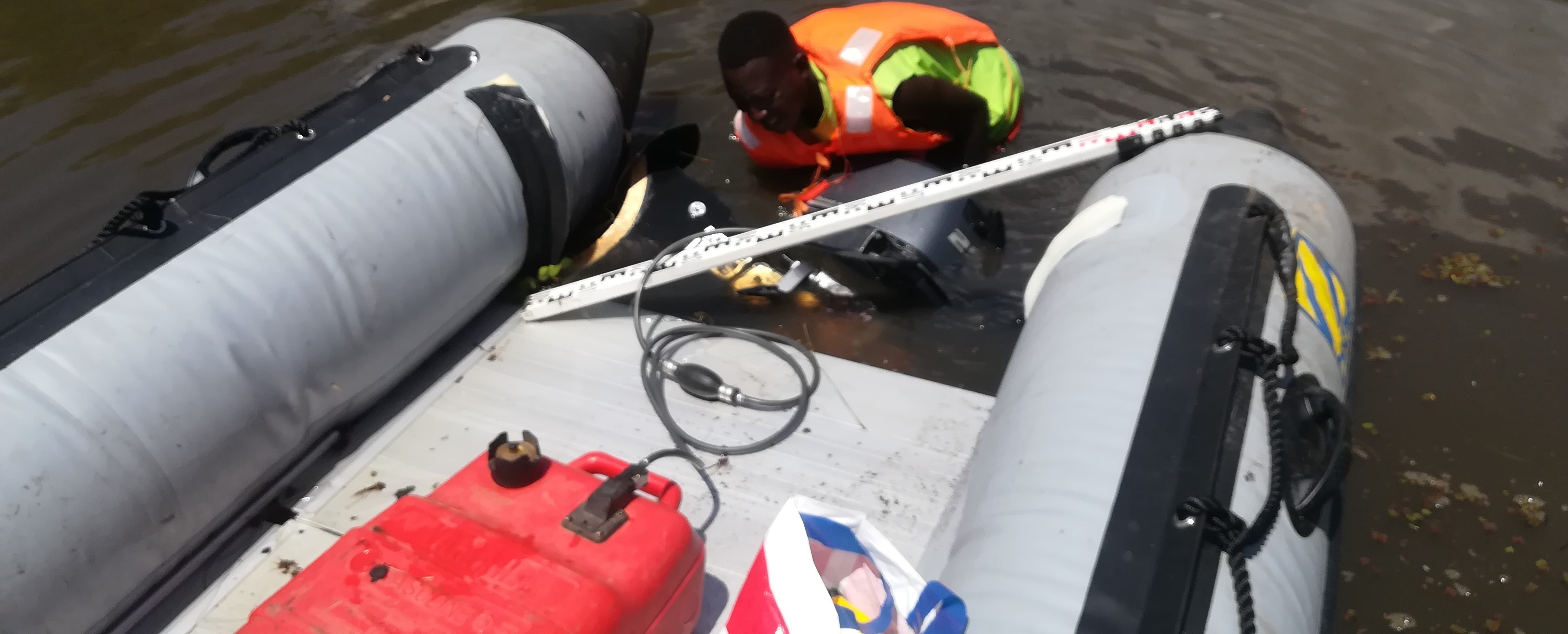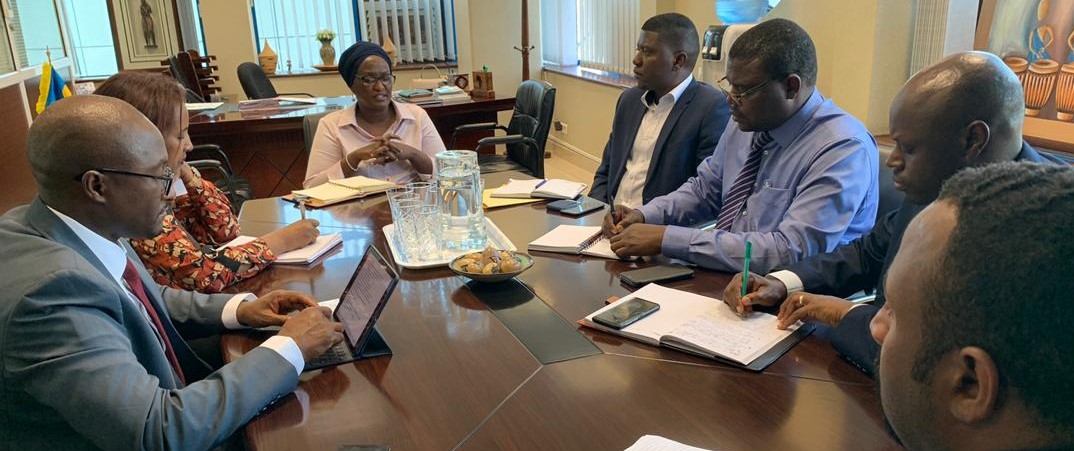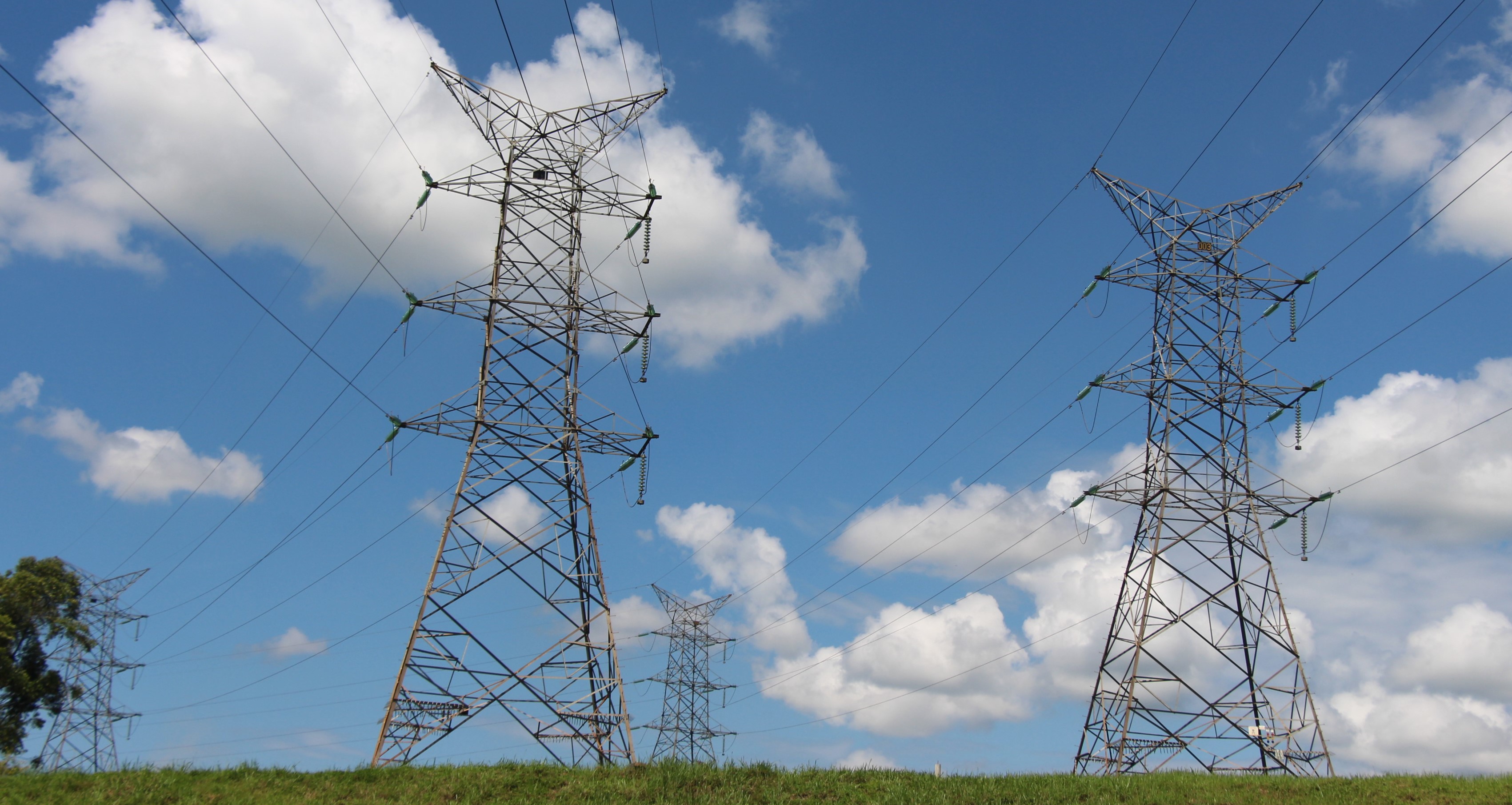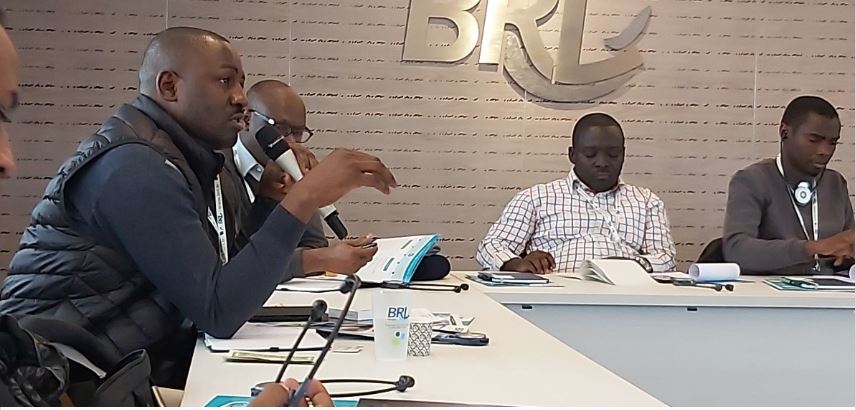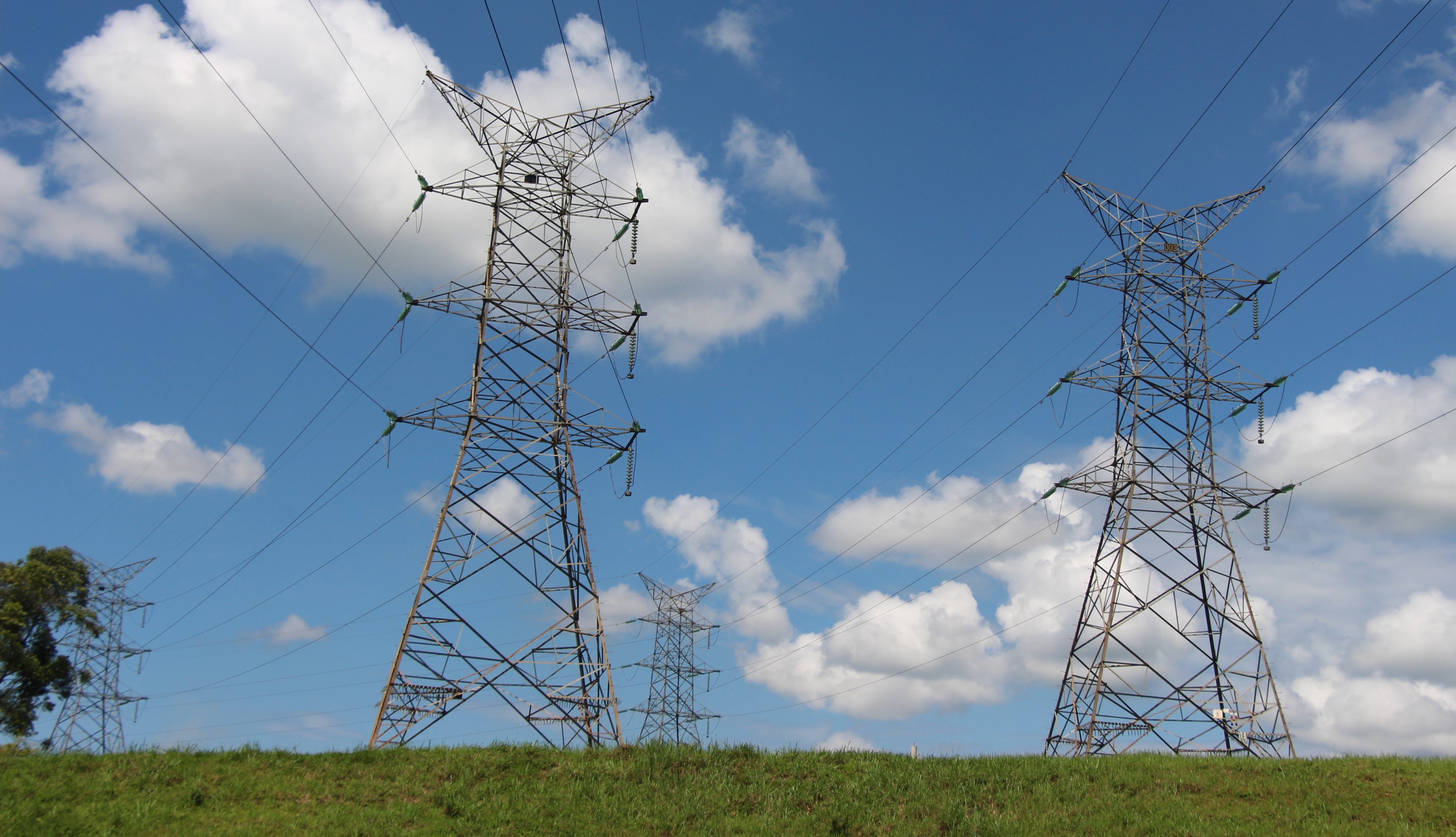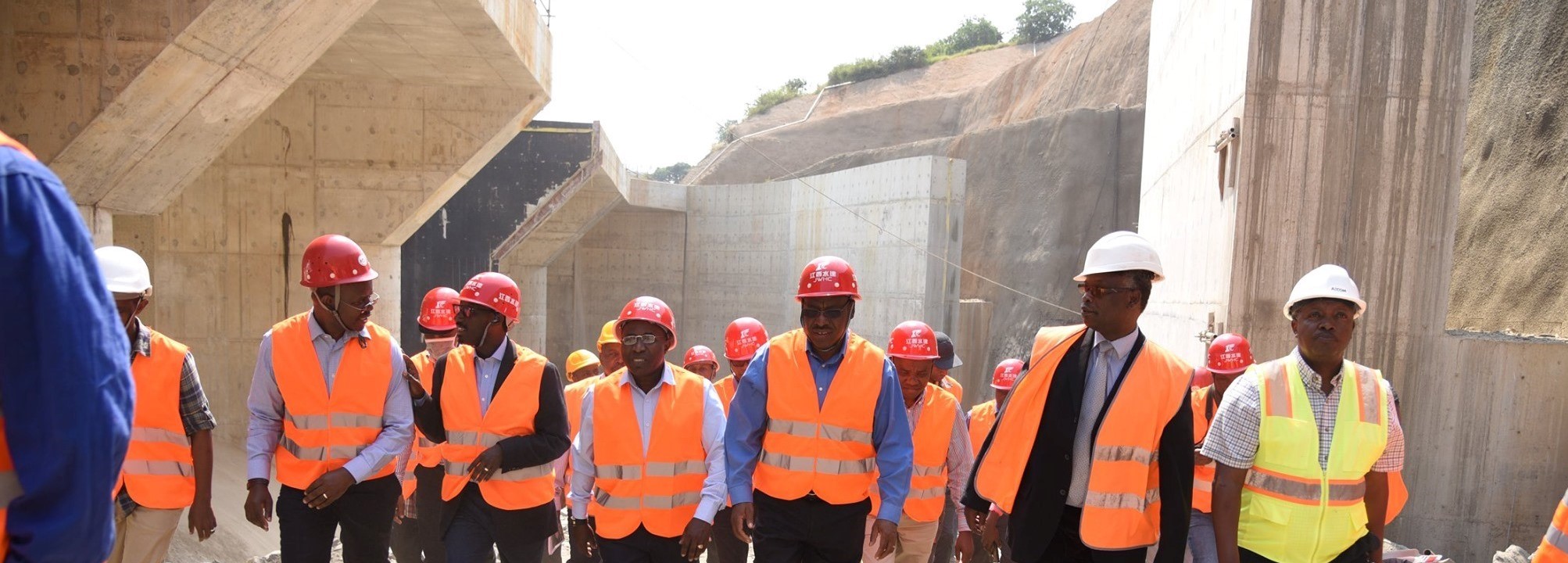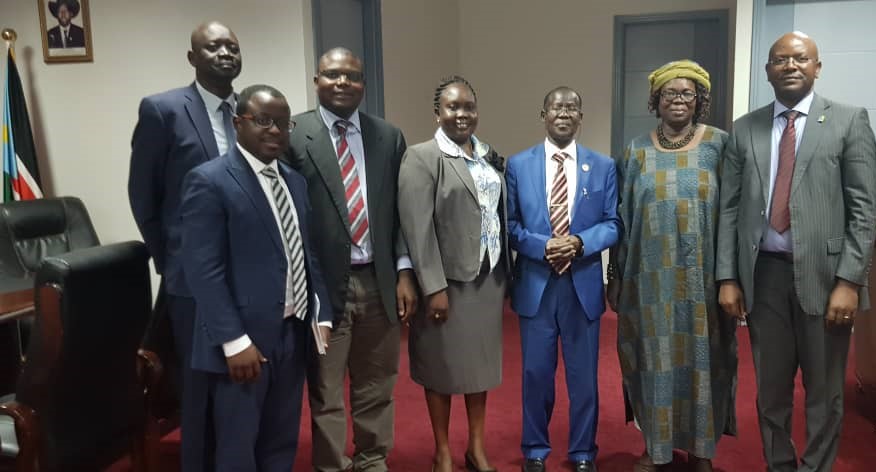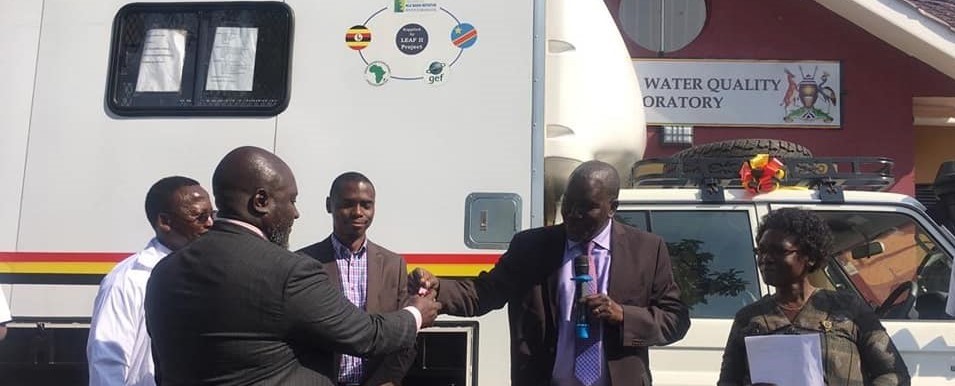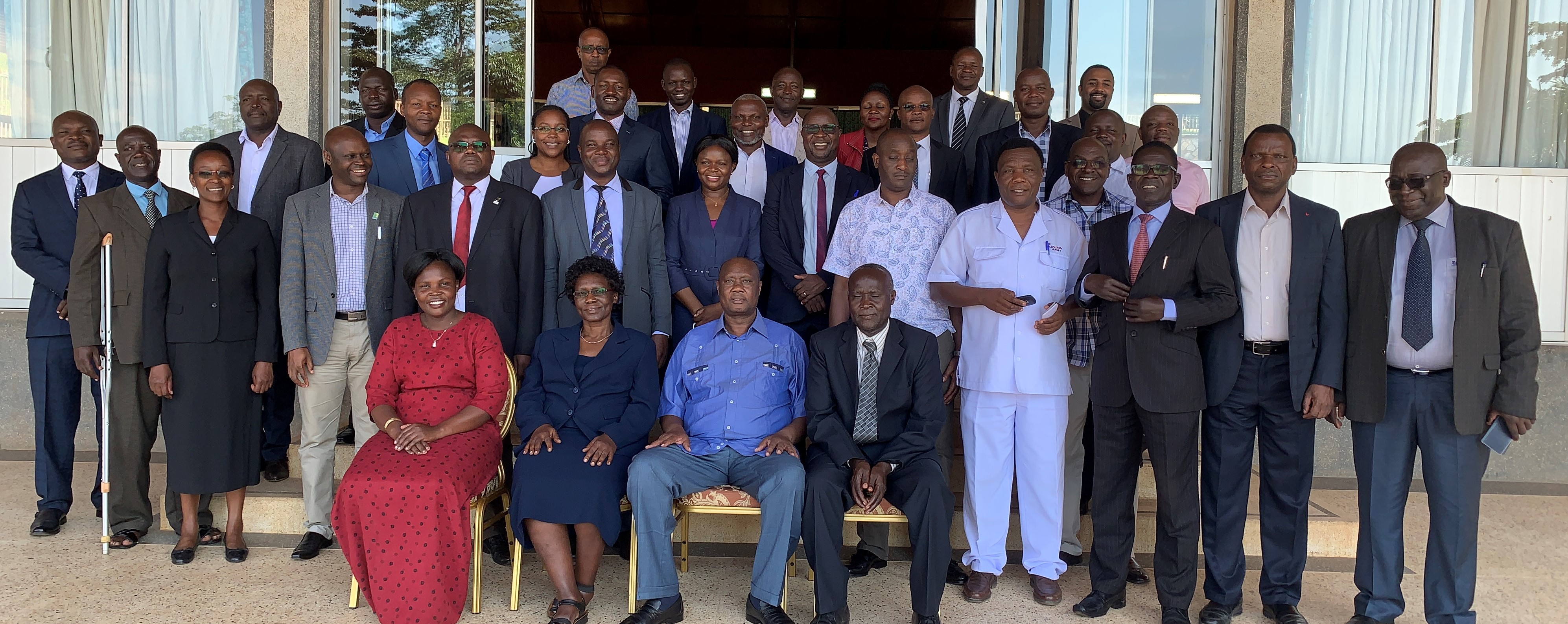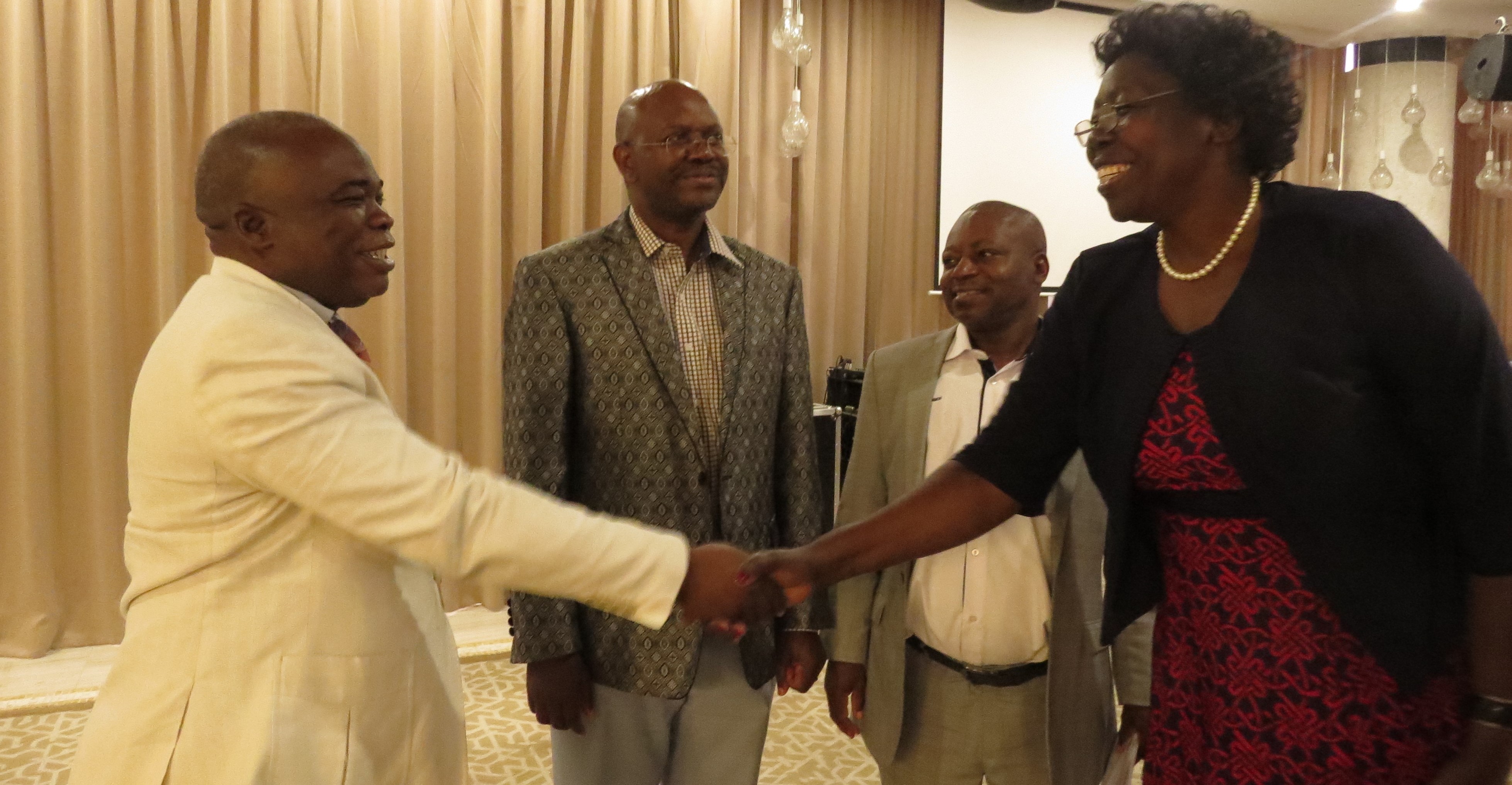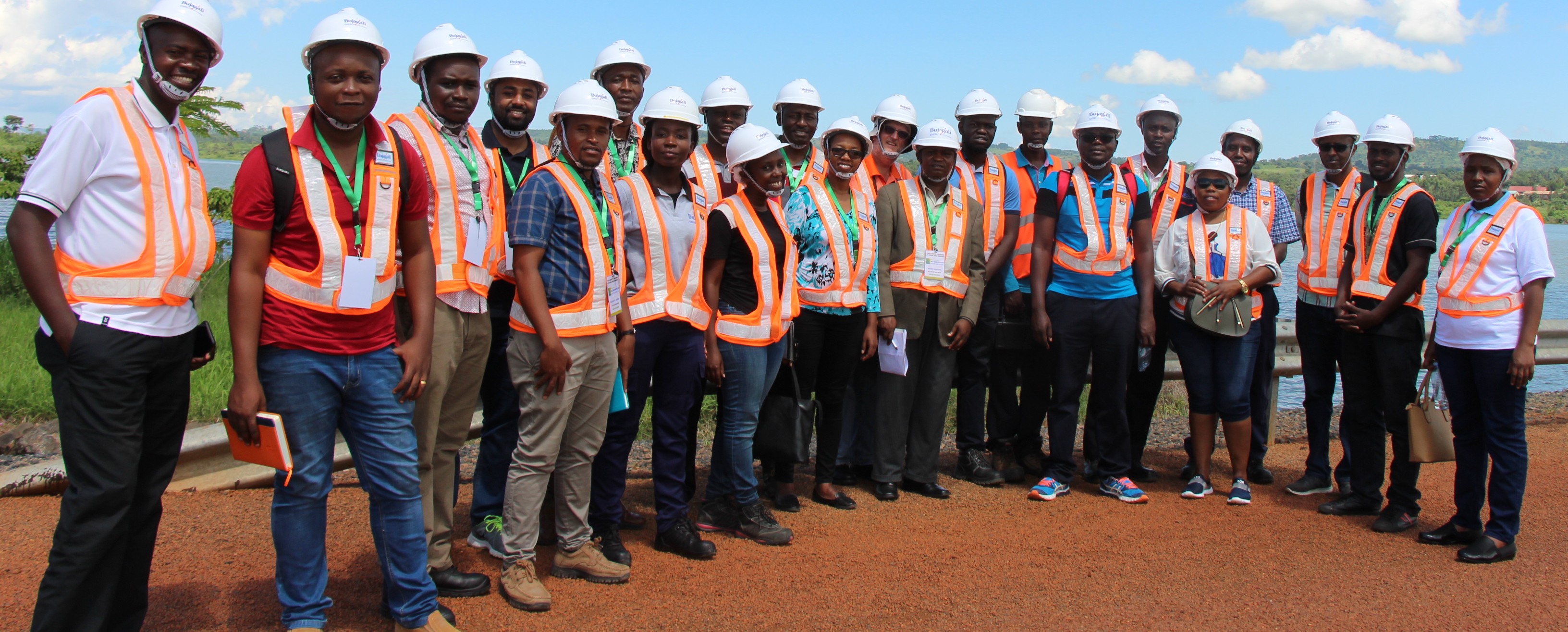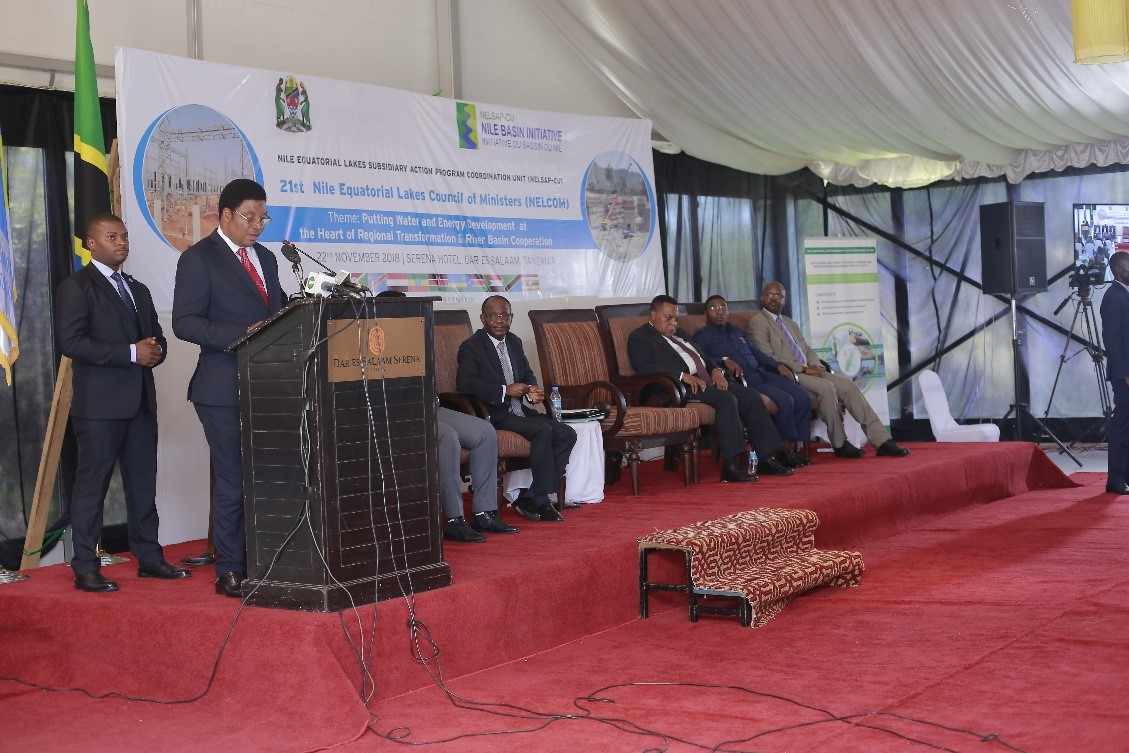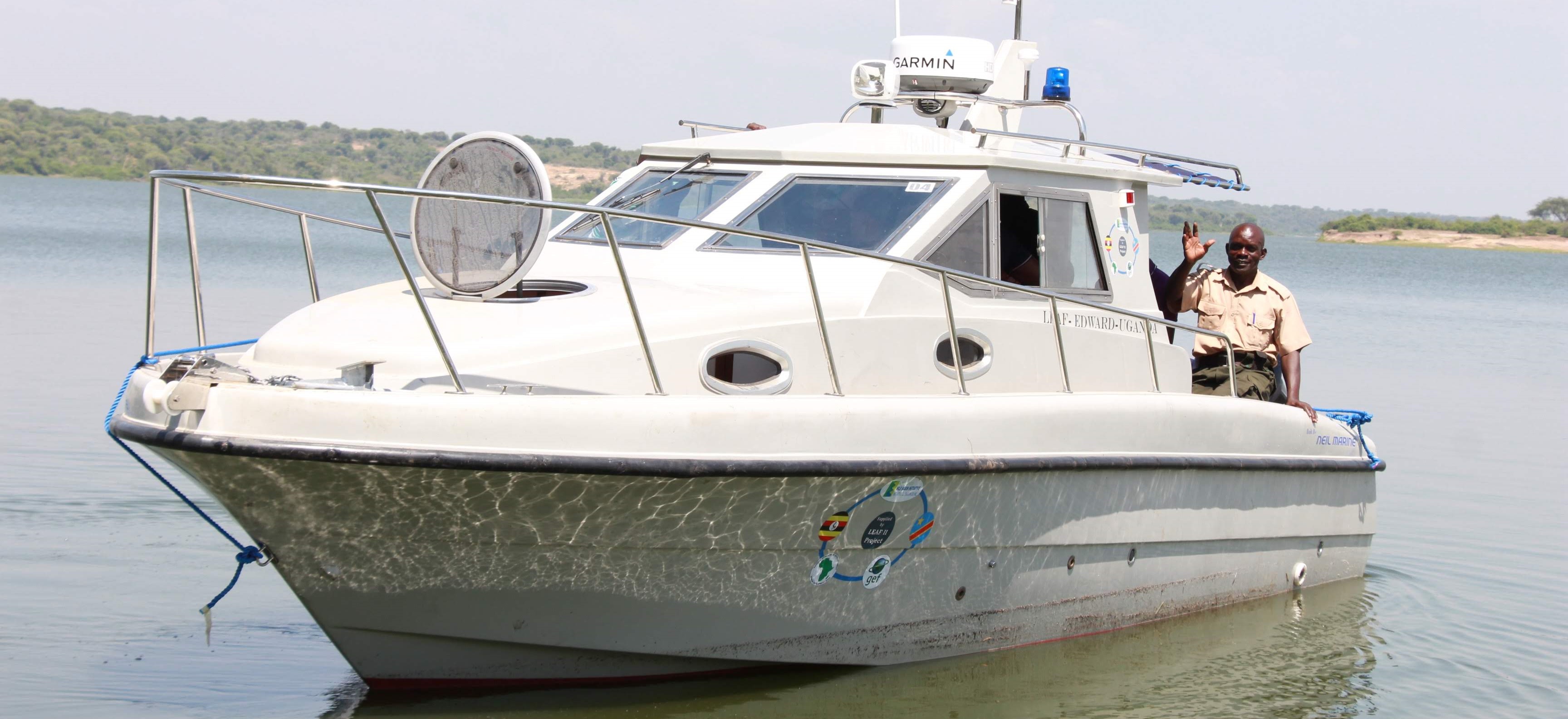According to early results of the Angololo Water Resources Development Project full Feasibility, Environmental and Social Impact Assessment (ESIA) and Resettlement Action Plan (RAP) the project is set to supply four times more water than previously thought. The pre-feasibility had estimated that the water supply component had capacity to supply water to 20,000 people, however from Interim Feasibility report presented in September 2021, this has been quadrupled and the project will now supply clean potable water to 85,000 people. According to the Interim Report, the Angololo project will have little or no effect on available water downstream since the total available water by far exceeds the annual demand.
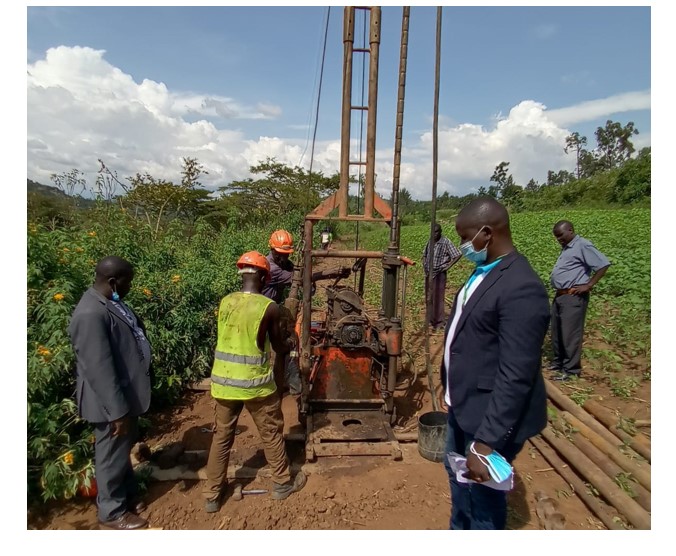 “The combined water needs for all the components comprising irrigation (39.2MCM) water supply (1.7MCM) livestock use (0.2MCM) and minimum e-Flow (95MCM) totals to 136.1MCM compared to the available 209.4MCM per annum for the next 30 years factoring in all other factors including climate change and population growth,” Eng. Panos Antonaropolous the Angololo Project Consultancy Team Leader and Managing Director of Z&A Consulting Engineers Limited. Z&A Consulting engineers alongside Beta Studio are the two firms contracted by NELSAP-CU to conduct the full feasibility studies including the preparation of the Detailed Designs and Tender Documents. The feasibility is funded by the African Development Bank (AfDB) NEPAD-IPPF and counterpart funding from the governments of Kenya and Uganda.
“The combined water needs for all the components comprising irrigation (39.2MCM) water supply (1.7MCM) livestock use (0.2MCM) and minimum e-Flow (95MCM) totals to 136.1MCM compared to the available 209.4MCM per annum for the next 30 years factoring in all other factors including climate change and population growth,” Eng. Panos Antonaropolous the Angololo Project Consultancy Team Leader and Managing Director of Z&A Consulting Engineers Limited. Z&A Consulting engineers alongside Beta Studio are the two firms contracted by NELSAP-CU to conduct the full feasibility studies including the preparation of the Detailed Designs and Tender Documents. The feasibility is funded by the African Development Bank (AfDB) NEPAD-IPPF and counterpart funding from the governments of Kenya and Uganda.
Geological Investigations Commence
Meanwhile in November 2021, geotechnical investigations commenced on the selected dam site. These investigations will determine the characteristics of the foundation soils and rocks, tectonic history and other geological conditions that may influence design, construction, and long term operations of the Angololo dam. The field investigations will include exploratory boreholes and trial pits for soil sampling and testing for engineering properties relevant for project design and preparation of geological profiles for the dam foundation, abutments, reservoir rim area and potential project irrigation command areas, and test for permeability and stability. The final output of this task will be a Geotechnical Baseline Report (GBR) which is a detailed report on the project geology/geotechnical aspects, with engineering properties for further use in the hydraulic and structural design of the dam. The report will also identify the additional information required to reach a satisfactory presentation of the geotechnical assumptions during detailed design. The GBR will be updated as additional information is made available from the investigation campaigns and dedicated studies carried out during detailed design. All investigations are specified according to international standards and criteria for hydroelectric dams such as those of The Federal Energy Regulatory Commission (FERC) the US Bureau for dam Reclamation (USBR) and International Commission on Large Dams (ICOLD) with improvements as recommended by the consultant.
